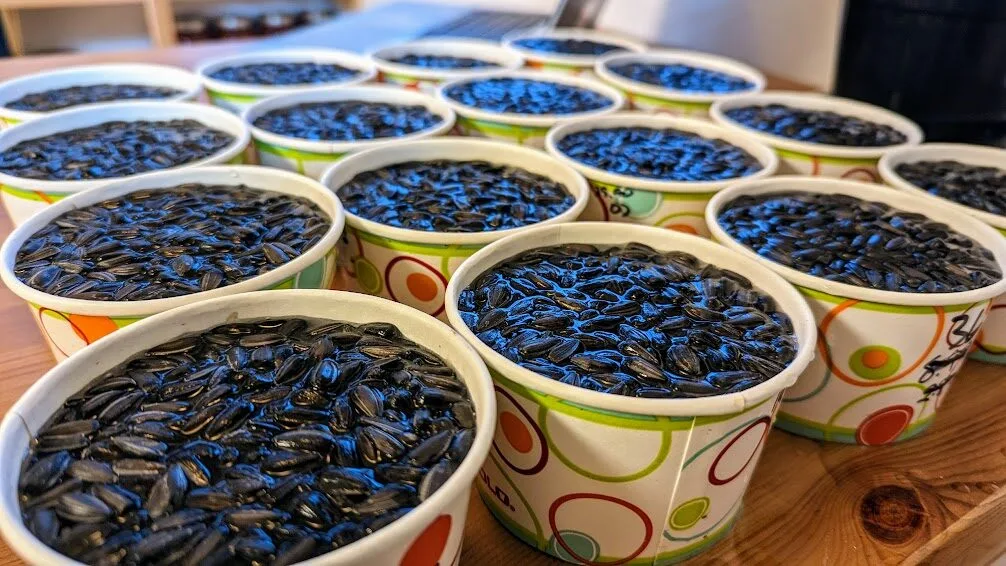
Free Commercial Microgreens Course!
Generally, when you see “Free Online Microgreens Course”, there’s usually a catch!
So, what’s the catch in this case?
There truly isn’t one. The fact is, we have offered this online course for about eight years now as a paid product, and it’s now time to offer it for free!
What do we get out of it? Well, quite simply, hopefully more visits to our website!
We started offering this course back in 2017, so it’s not as fancy as some of the newer courses out there. But we can assure you, the content is still great and we’ll be enhancing parts of the course in the coming months.
We do recommend you start off with our detailed article Introduction to Microgreens so you can get a glimpse of the whole process from start to finish before diving in here.
Module 1: Introduction to Microgreens
1.0 Microgreens Complete Course Overview
A quick overview video of what the free microgreens course covers over nine modules (despite only 8 in the video!). New content will be added over time. Downloadable Audio file: Embedded Video:
1.0 Outline: Introduction to Microgreens
Quick overview of what we’ll cover in Module 1 to introduce you to Microgreens and your host, Chris Thoreau.
Course 1.1: Introduction to Chris Thoreau
A quick introduction to your host, Chris Thoreau, who has been engaged in microgreens production in one form or another since 2006.
Course 1.2: What are Microgreens?
Let’s look at microgreens in more detail so you better understand what they are!
Course 1.3: Why Grow Microgreens
Let’s take a look at reasons why so many people want to grow microgreens
Course 1.4: Common Microgreens Crops
Here we look at some of the most common microgreens crop people grow.
Course 1.5: Keys to Microgreens Production Success
Some important insights to get you off to a good start…
Module 2: Microgreens Growing Space, Work Areas, and Equipment
2.0 Outline: Microgreens Growing Space, Work Areas and Equipment
Let’s dive into the physical components of a typical microgreens system.
Course 2.1: Microgreens Growing Spaces
Here we introduce you to some of the many places you can grow microgreens and some of the pros and cons of each. Downloadable Audio File: Embedded Video:
Course 2.2: Microgreens Harvest Area and Equipment
Your harvest area is an important component of your production system and must be set up well to ensure efficient and hygienic harvesting of your crops. Downloadable Audio File: Embedded Video:
Course 2.3: Microgreens Tray Preparation and Seeding Area
Having a designated tray prep and seeding area helps keep things organized and reduces the risk of cross contamination in your system. Downloadable Audio: Embedded Video:
Course 2.4: Microgreens Seed Soaking and Sanitizing Area
For seeds that need to be soaked, having a designated area makes this task much easier. Downloadable Audio: Embedded Video:
Course 2.5: Microgreens Wash up Area
A good wash up area is easily neglected, but makes all the difference in an efficient microgreens system. Downloadable Audio: Embedded Video:
Course 2.6: Microgreens Soil and Compost Storage
Storing your fresh and used microgreens soil properly is important for reducing crop contamination risks. Downloadable Audio: Embedded Video
Course 2.7: Microgreens Supply Storage
Having proper storage for your microgreens supplies helps you keep organized and contaminant free. Downloadable Audio: Embedded Video
Course 2.8: General Microgreens Site Layout and Workflow
The layout and workflow of your Microgreens production site is important for efficient and contamination-free microgreens operation. Downloadable Audio: Embedded Video:
Module 3: Microgreens Primary Production Components
3.0 Outline: Primary Microgreens Production Components
Overview of Microgreens Course Module 3 focused on primary microgreens production components. Downloadable Audio file: Embedded Video File:
Course 3.1: Microgreens Production Process Overview
Here we take a quick look at the overall microgreens production process to give you a sense of how things look from start to finish. Downloadable Audio: Embedded Video:
Course 3.2: Microgreens Growing Conditions
In this course we take a look at the environmental conditions you need to consider when growing your microgreens, including: light, temperature, airflow, and humidity. Downloadable Audio: Embedded Video:
Course 3.3: Microgreens Crop Types
Here we look at three different ways to classify microgreens crop types which can help you determine their ideal growing conditions: seed size, crop cycle, and temperature preference. Downloadable Audio: Embedded Video:
Course 3.4: Microgreens Seeds
In this course we take a closer look at microgreens seeds – your most important production input! Downloadable Audio: Embedded Video:
Course 3.5: Microgreens Soil
Soil is another important microgreens production input that is important to understand if you want to optimize crop growth. Downloadable Audio: Embedded Video:
Course 3.6: Microgreens Trays
In this course we explore the topic of Microgreens Trays, which you will spend hours and hours handling each week as a commercial microgreens grower! Downloadable Audio: Embedded Video:
Module 4: Microgreens Packaging and Labels
4.0 Outline: Microgreens Packaging, Labels, and Transport
An often neglected topic, how you package and label your microgreens is important for marketing and for meeting local and federal regulations. Downloadable Audio: Embedded Video:
Course: 4.1 : The Role of Microgreens Packaging
Packaging plays several important roles in your microgreens business, including marketing and keeping you product fresh on the shelf and in transport. Downloadable Audio: Embedded Video:
Course 4.2: Microgreens Packaging Options
In this course we explore different options for packaging your microgreens for sale. Downloadable Audio: Embedded Video
Course 4.3: Live Microgreens Trays
Selling live microgreens trays is a great alternative to packaging. Downloadable Audio: Embedded Video:
Course 4.4: Transporting Microgreens
Properly transporting your microgreens ensures they maintain their integrity from your production site to your customers. Downloadable Audio: Embedded Video:
Course 4.5: Microgreens Food Labeling Requirements
It is important that you know the food labeling requirements for your region when selling prepackaged microgreens products. Downloadable Audio: Embedded Video:
Module 5: Microgreens Regulations and Guidelines
5.0 Outline: Microgreens Regulations and Guidelines
Regulations regarding microgreens vary across the world. Be sure you know which regulations apply in your region as this can affect many aspects of your business. Downloadable Audio: Embedded Video:
Course 5.1: Microgreens Regulations Overview
Here we start with a quick overview of regulations that may or may not apply to your microgreens operation and what you need to consider! Downloadable Audio: Embedded Video:
Course 5.2: Canadian Microgreens Regulations
Content currently under review!
Course 5.3: US Microgreens Regulations
Content currently under review!
Course 5.4: Microgreens and Local Health Authorities
Local health authorities may have jurisdiction over the requirements you may need to follow as a commercial grower. Downloadable Audio: Embedded Video:
Module 6: Microgreens Sanitization and Hygiene
6.0 Outline: Microgreens Hygiene and Sanitation
Microgreens Hygiene and Sanitation is a surprisingly neglected topic in online forums and discussions, but is probably the most important topic for commercial growers to understand. Downloadable Audio: Embedded Video:
Course 6.1: Microgreens Sanitation and Hygiene
In this course we cover a wide range of sanitation and hygiene topics related to microgreens. Downloadable Audio Embedded Video:
Course 6.2: Microgreens Soap and Sanitizer
Soap is important for properly cleaning equipment and should be followed by a sanitizer to reduce the presence of pathogens in your microgreens production space. Downloadable Audio: Embedded Video:
Course 6.3: Sanitizing Microgreens Seed
Seed is one of the most likely vectors for bringing disease into your microgreens production system and a good sanitizing regime helps reduce this risk. Downloadable Audio: Embedded Video:
Course 6.4: Written Microgreens Plan and Recordkeeping
Documenting your processes and activities are important for maintaining a high level of accountability to your customers and to meet regulatory requirements. Downloadable Audio: Embedded Video:
Course 6 5: Microgreens Food Safety Certification
Acquiring food safety certifications for your microgreens operation can help you better understand production system hygiene and sanitation principles and open up more markets for your products. Downloadable Audio: Embedded Video:
Module 7: Microgreens Production Process
7.0 Overview: Microgreens Production Process
In this course we finally dive into the microgreens production process! Downloadable Audio: Embedded Video:
Course 7.1: Microgreens Workflow Diagram
In this short course we check out the workflow of the microgreens production process to give you a sense of how the different stages relate to each other. Downloadable Audio: Embedded Video:
Course 7.2: Preparing Microgreens Trays
Properly preparing trays for your microgreens crops ensures seeds have optimum conditions for growth. Downloadable Audio: Embedded Video:
Course 7.3: Rinsing, Sanitizing, and Soaking Microgreens Seeds
Several types of microgreens seeds benefit from soaking before the sowing process to help with germination while also giving the opportunity to sanitize your seed. Downloadable Audio: Embedded Video:
Course 7.4: Sowing Microgreens Seeds
The sowing process is really what gets your microgreens crop started – so sowing properly is important for getting a successful crop. Downloadable Audio: Embedded Video:
Course 7.5: Germination: Stacking and Covering Microgreens Trays
The germination stage gets the microgreens growing process underway and proper set up helps improve germination and make better use of space. Downloadable Audio: Embedded Videio:
Course 7 6: Uncovering Microgreens Trays
Uncovering your microgreens trays takes them out of the germination stage and into the light where they can photosynthesize and put on growth. Downloadable Audio: Embedded Video:
Course 7.7: Microgreens Crop Growth
Once exposed to light, your microgreens crops will put on rapid growth and will need attention to their water, light, and airflow needs. Downloadable Audio: Embedded Video:
Course 7.8: Microgreens Workflow Diagram Review
Here we do a quick review of the microgreens workflow diagram to help put the production process in context. Downloadable Audio: Embedded Video:
Module 8: Microgreens Harvesting and Packing
8.0 Overview: Microgreens Harvest, Packing, Storage, and Transport
Here we introduce the processes that follow microgreens crop growth: harvesting, packing, storage, and transport. Downloadable Audio: Embedded Video:
Course 8.1: Microgreens Harvest Overview and Scenarios
In this course we look at the different harvest workflow scenarios you can consider when harvesting your microgreens crops. Downloadable Audio: Embedded Video:
Course 8.2: Microgreens Harvest Equipment and Set-up Overview
In this course we review the equipment and set-up for a successful microgreens harvest. Downloadable Audio: Embedded Video:
Course 8.3: Cutting Microgreens
Finally we get to the step of cutting your microgreens crops – the step that transforms your microgreens from a crop to a product. Downloadable Audio: Embedded Video:
Course 8.4: Microgreens Harvest Flows 1 and 2
Here we look at 2 workflows for your microgreens harvest process. Downloadable Audio: Embedded Video:
Course 8.5: Harvest Flow 3
This microgreens harvest flow works best for crops that can handle a water soak and have hulls to remove. Downloadable Audio: Embedded Video:
Course 8.6: Picking Microgreens Hulls, Draining, and Spinning
For microgreens crops with hulls that get a water bath, this final step is important for maintaining crop quality after harvest. Downloadable Audio: Embedded Video:
Course 8.7: Packing Microgreens
Once your microgreens have been harvested they need to be packed which helps with transport, marketing, and maintaining product freshness. Downloadable Audio: Embedded Video:
Module 9: Microgreens Crop and Financial Planning
9.0 Overview: Microgreens Crop and Financial Planning
The importance of crop and financial planning for microgreens production is too often overlooked, but is essentially the core of the business! Downloadable Audio: Embedded Video:
Course 9.1: Principles of Microgreens Crop Planning
Crop planning is a crucial component of successful microgreens production and is easy to implement. Downloadable Audio: Embedded Video:
Course 9.2: Expected Microgreens Sales, Yields, and Sowing
Microgreens crop planning relies on crucial data such as expected crop yields to determine how much to sow and how much you can sell. Downloadable Audio: Embedded Video:
Course 9.3: Determining Microgreens Sowing Days
Your microgreens sowing date is determined by your desired harvest date and a crop’s days to maturity. Downloadable Audio: Embedded Video:
Course 9.4: Microgreens Record Keeping
Microgreens crop production record keeping is crucial for understanding your crop’s cycles and for making your system audit ready. Downloadable Audio: Embedded Video:
Course 9.5: Microgreens Variable Costs
Variable costs in your microgreens system change with your level of production and with the costs of inputs such as seeds, soil, and packaging. Downloadable Audio: Embedded Video:
Course 9.6: Microgreens Infrastructure Costs
You will have infrastructure costs when you start your business and as you grow your business that can delay how quickly you reach your profitability goals. Downloadable Audio: Embedded Video:
Course 9.7: Microgreens Business Costs
Simply running a business costs money! These costs can be easy to omit when doing financial planning. Downloadable Audio: Embedded Video:
Course 9.8: Microgreens Revenue Potential
Having realistic revenue goals is crucial to successful business planning. Repeat sales are an important aspect of steady revenue. Downloadable Audio: Embedded Video:
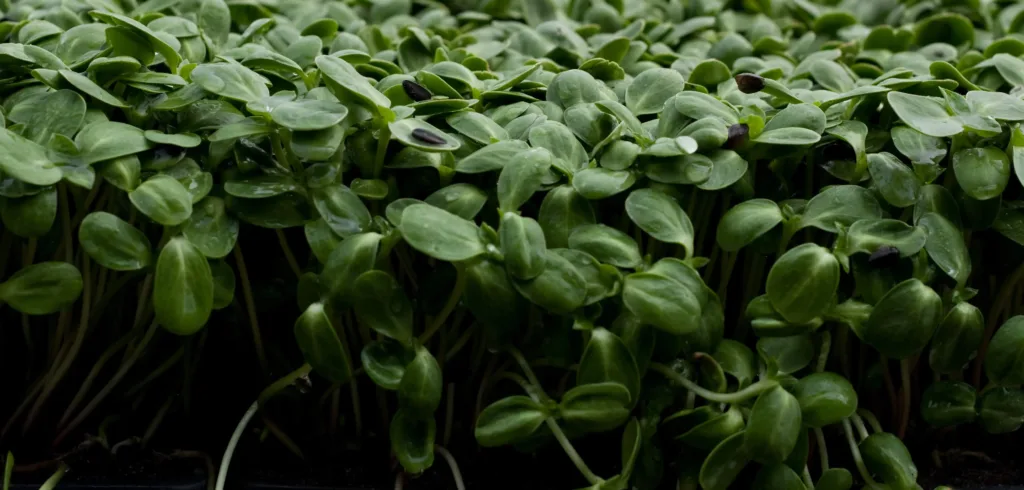
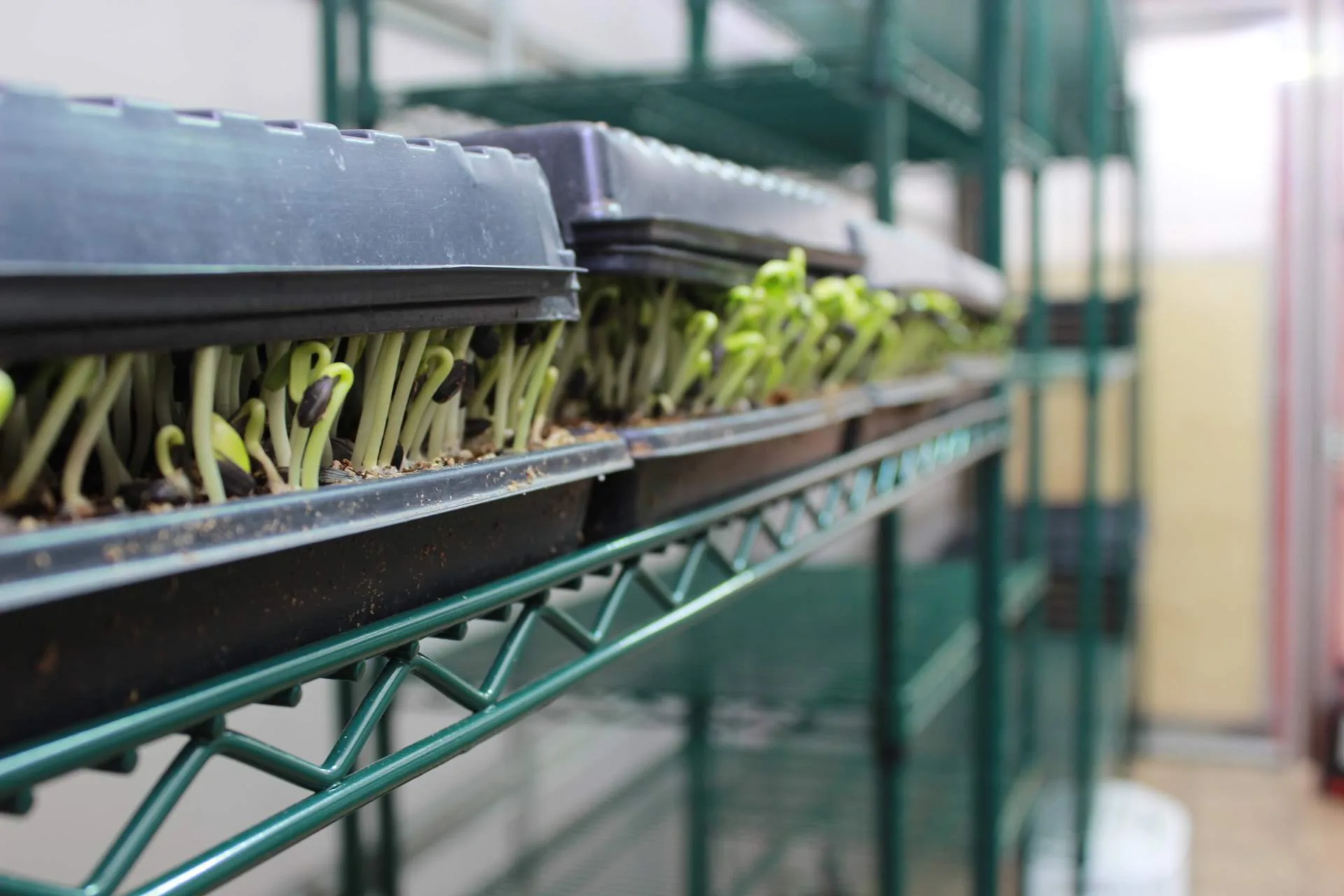
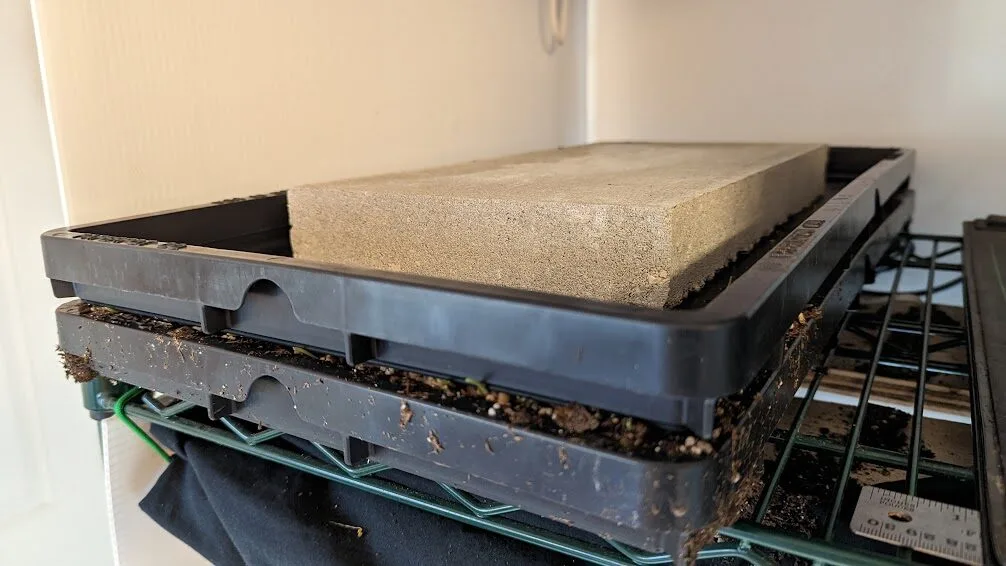
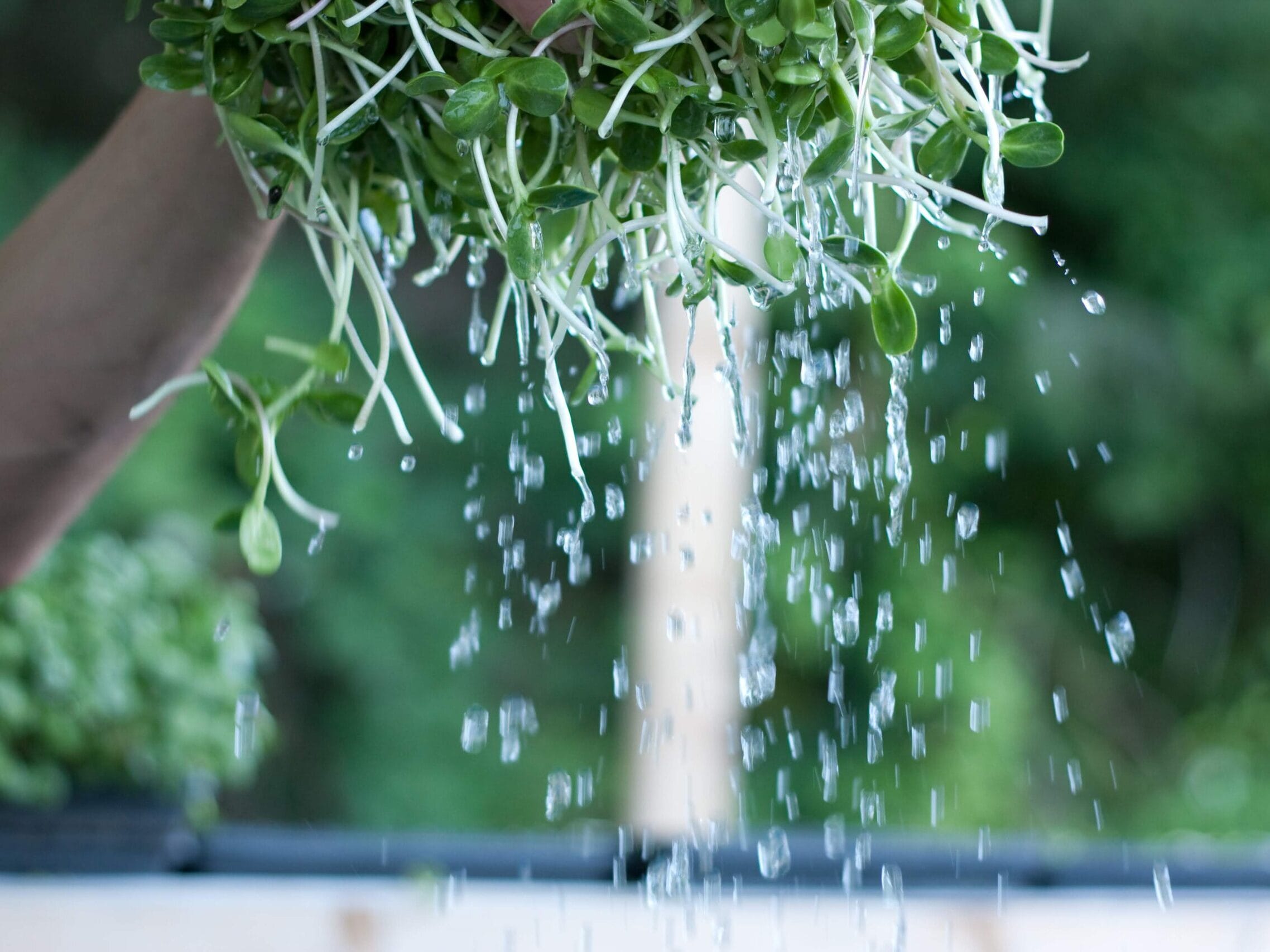
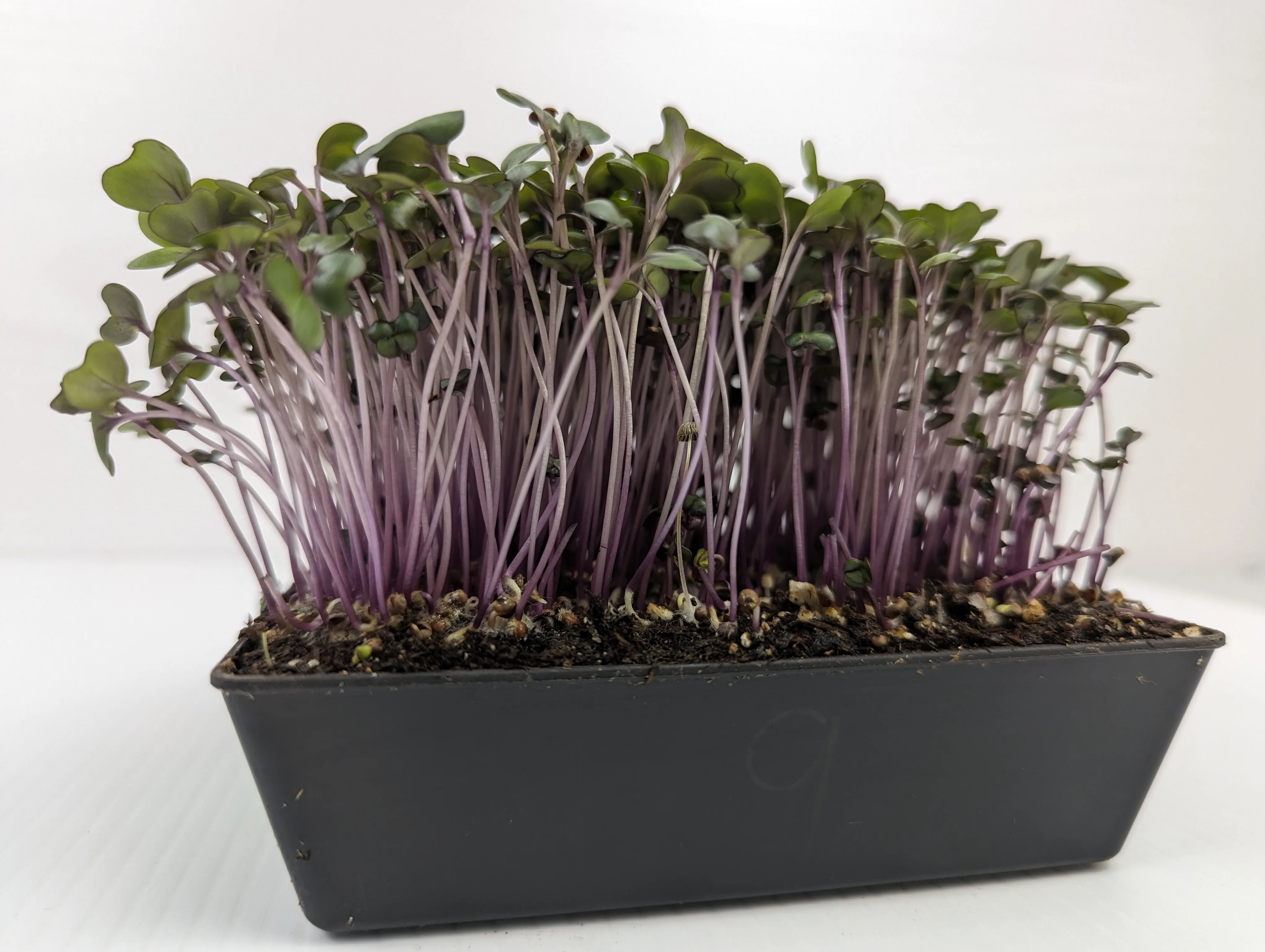
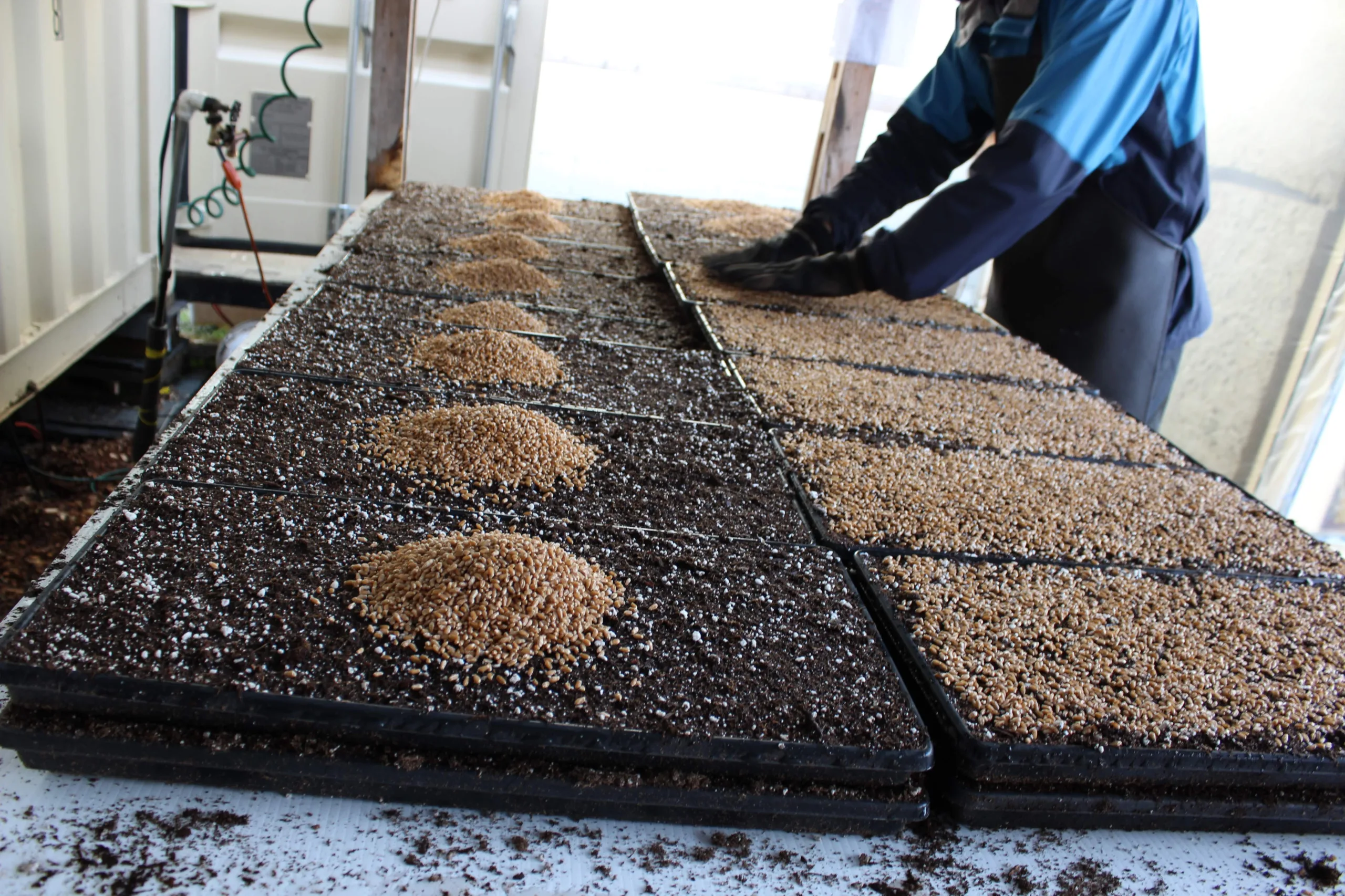
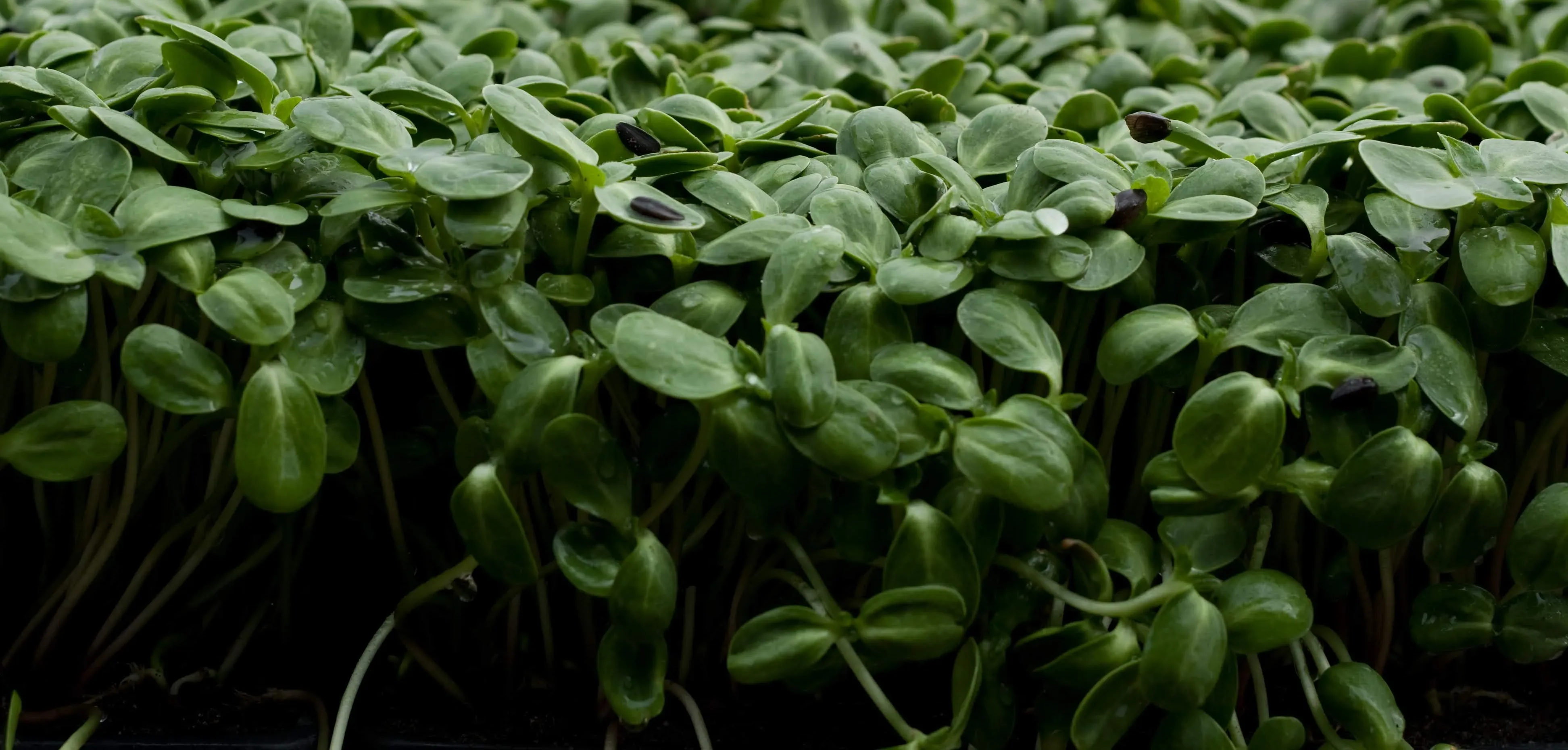
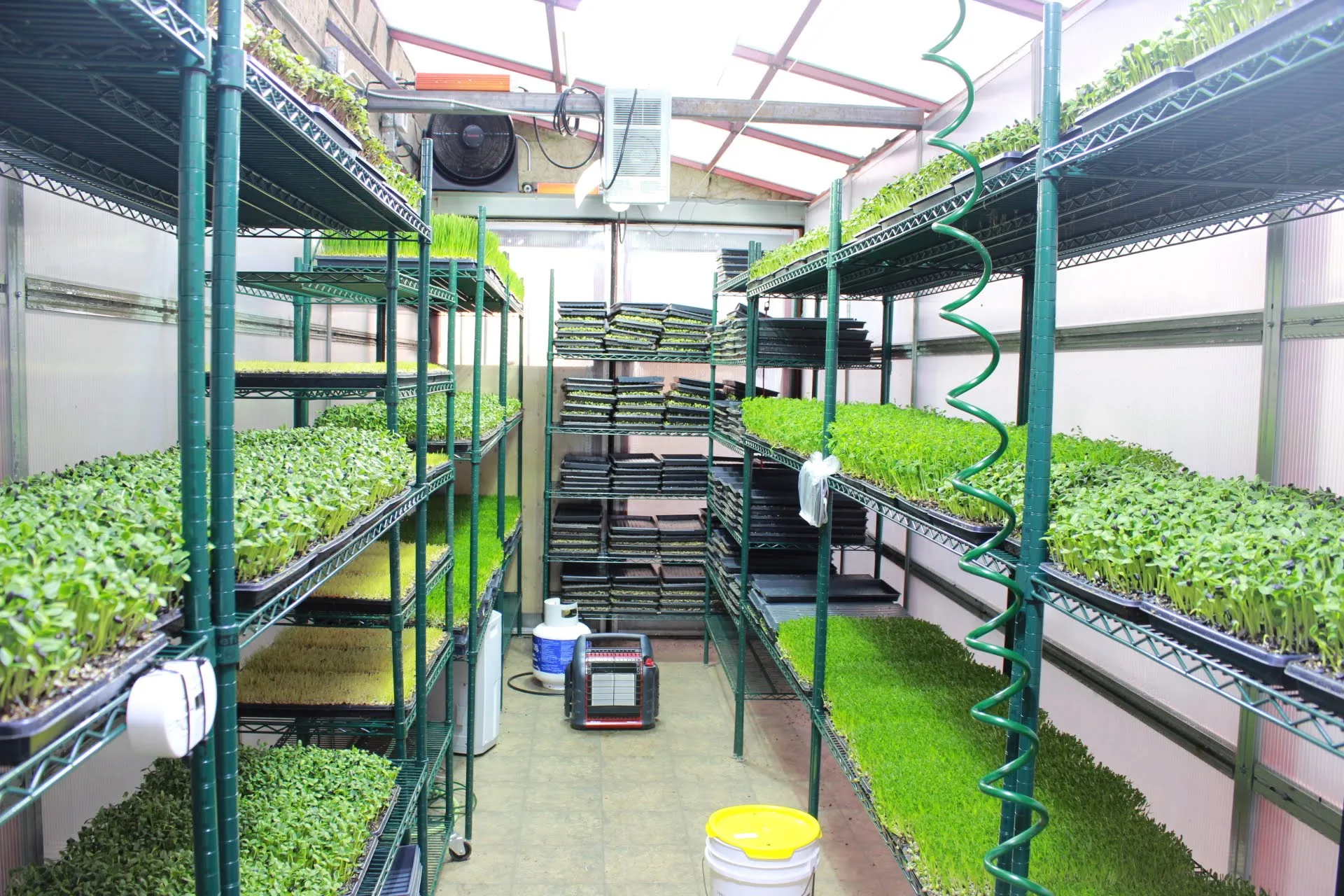
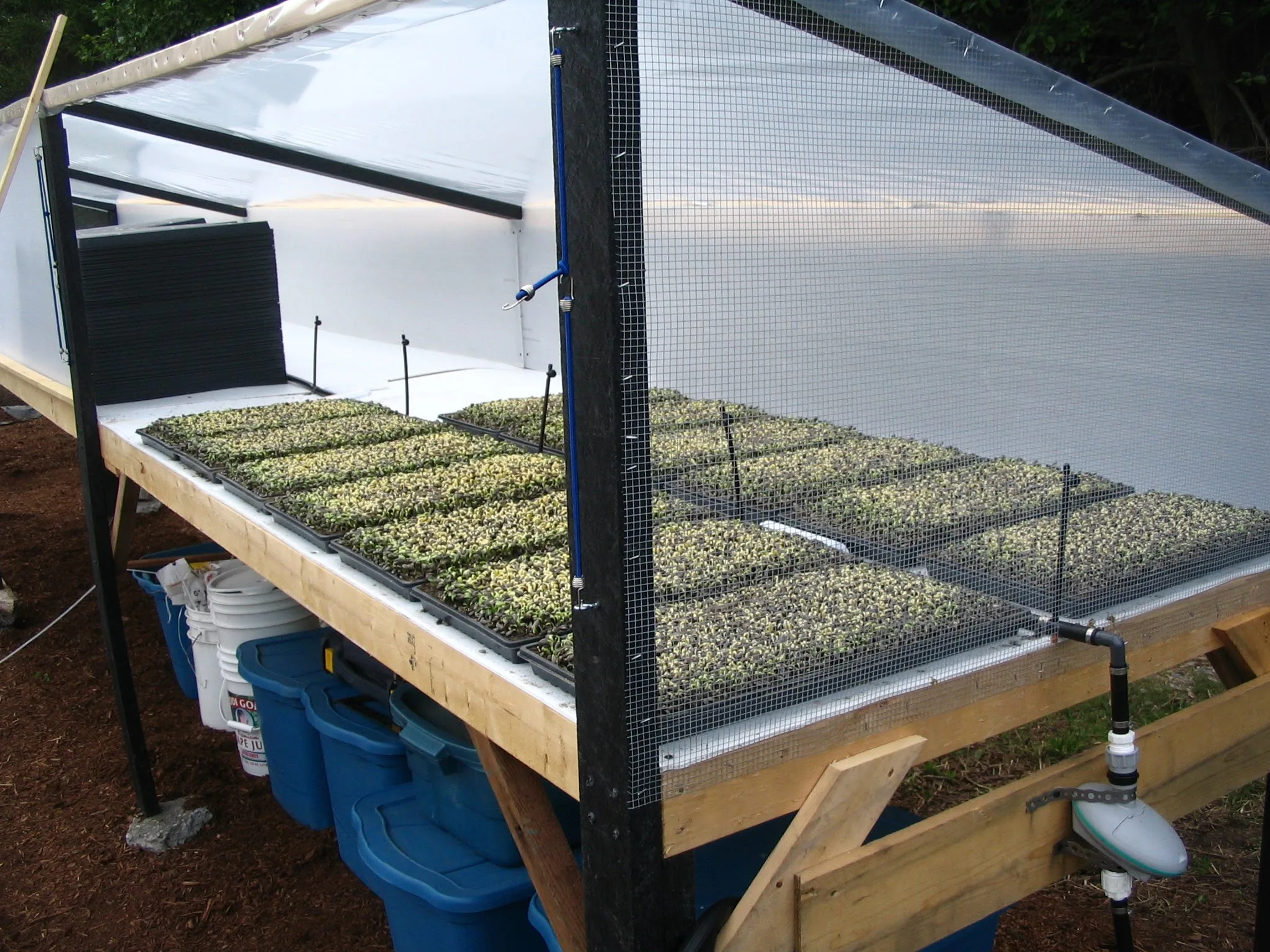
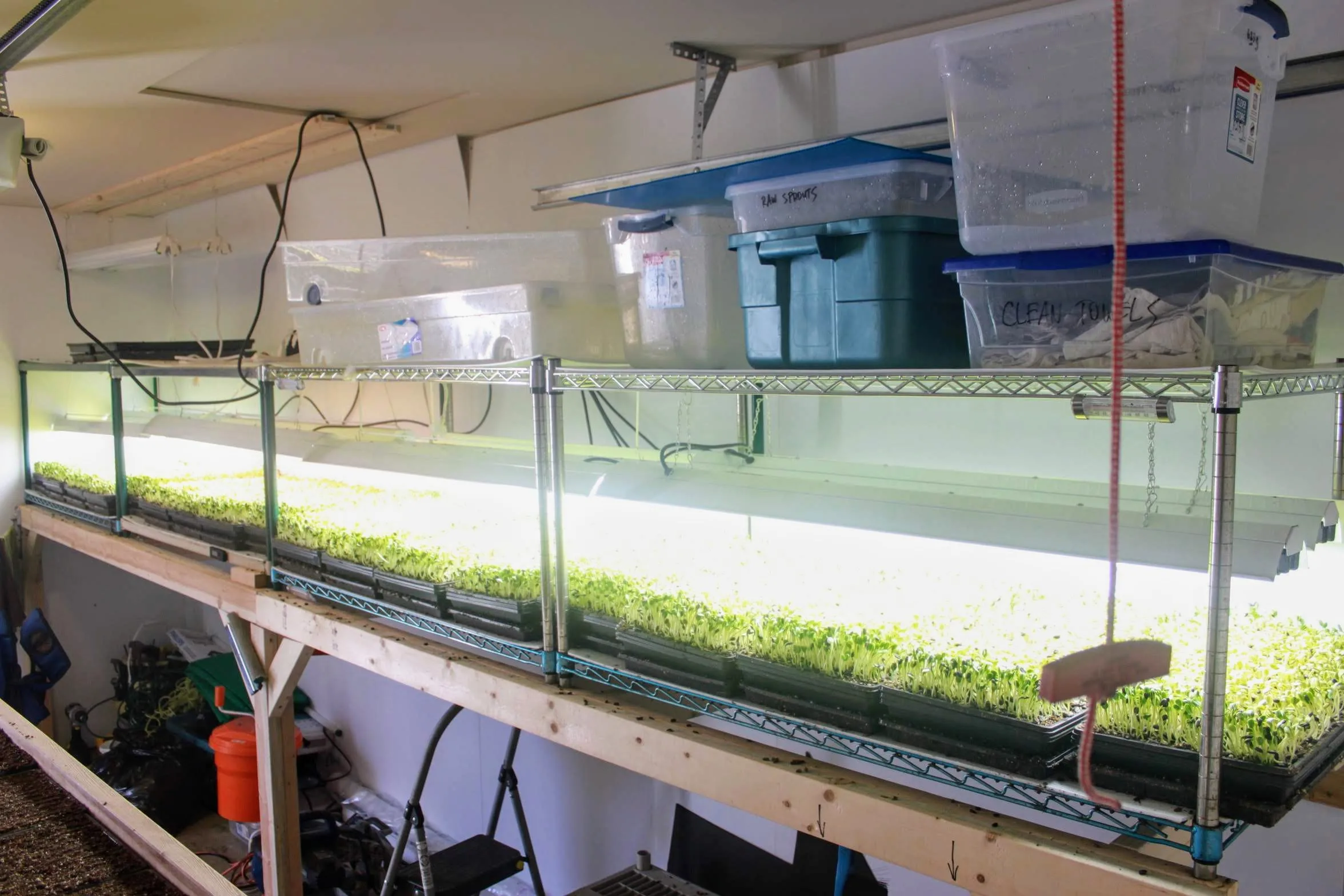
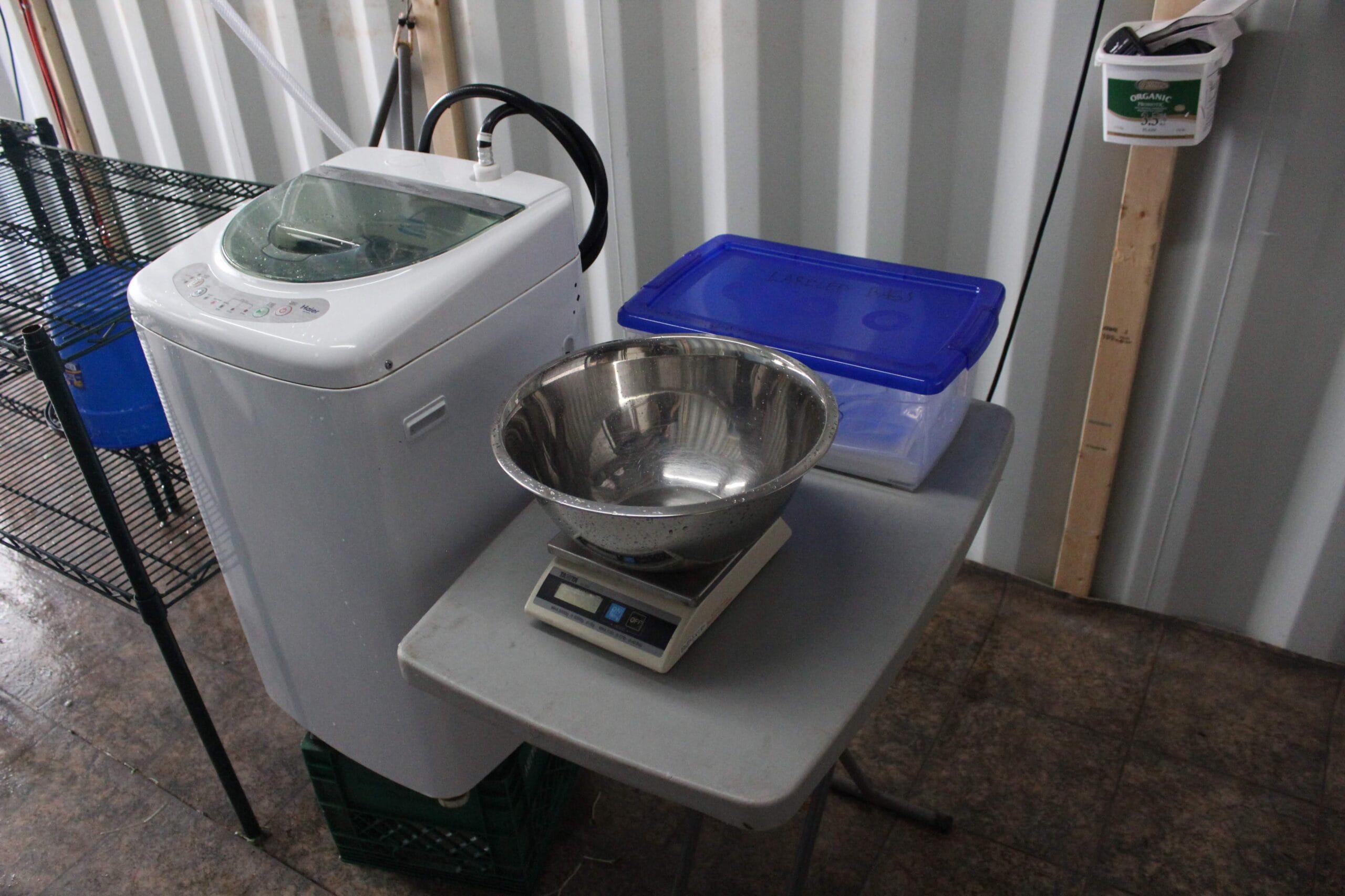
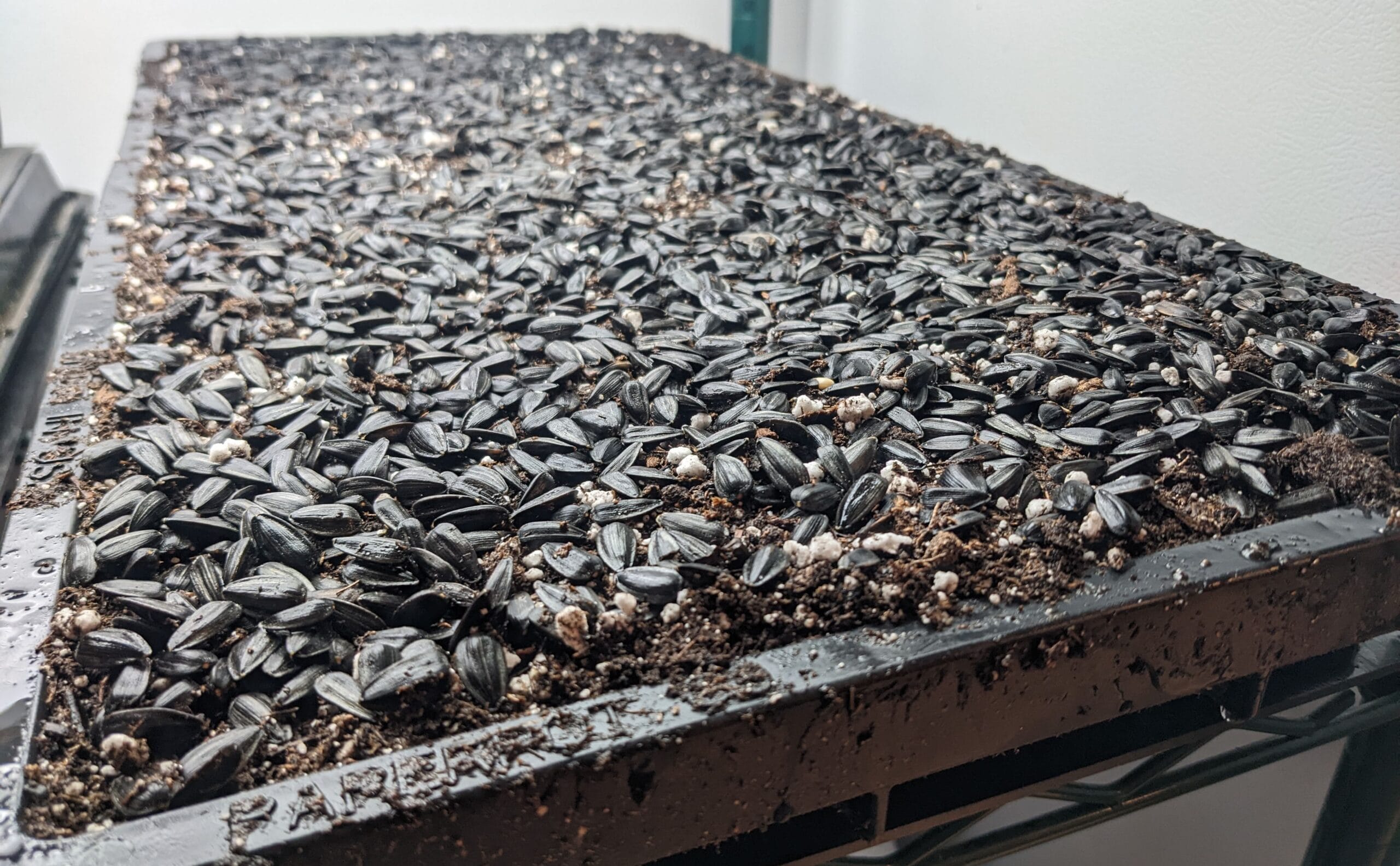
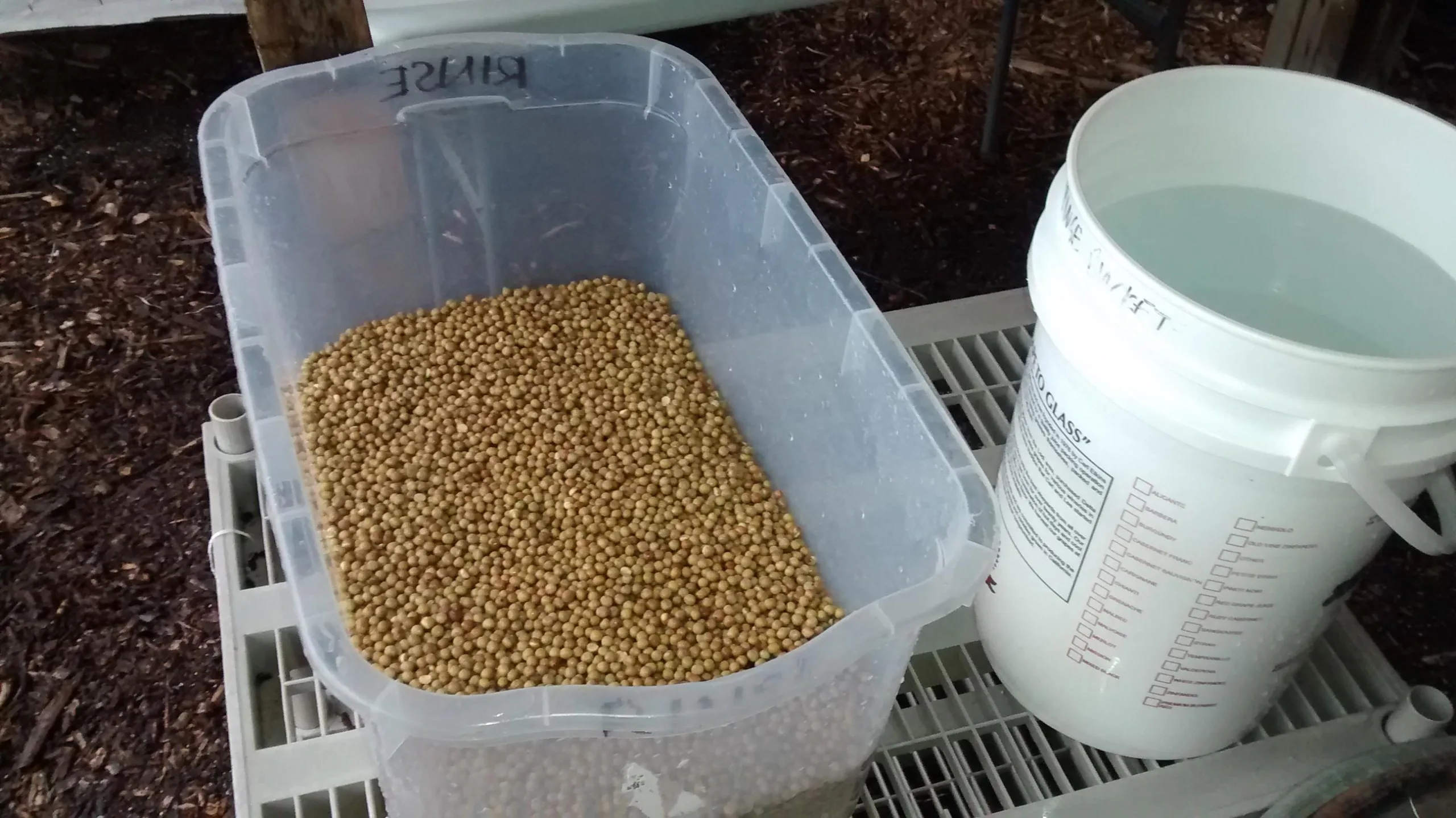
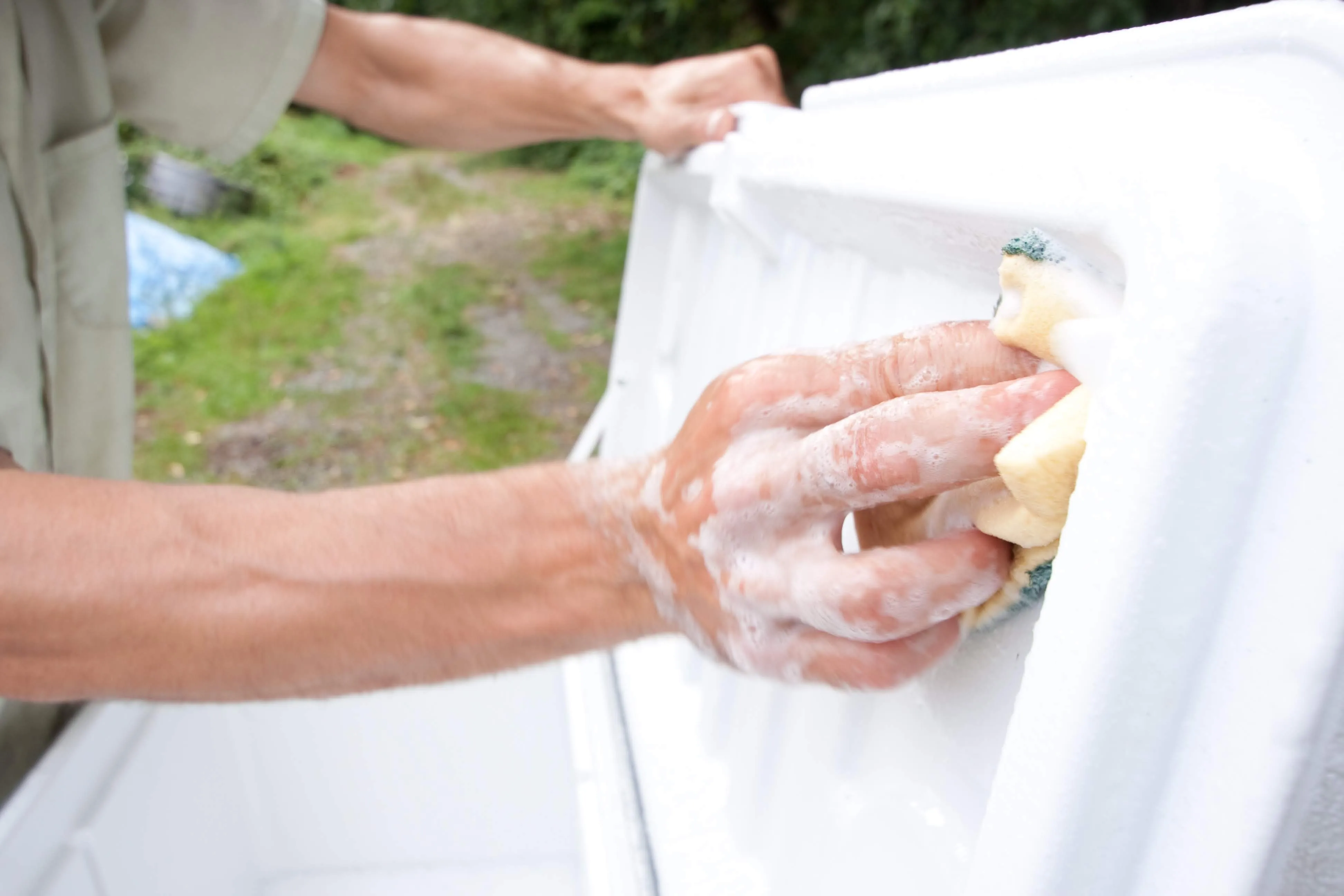
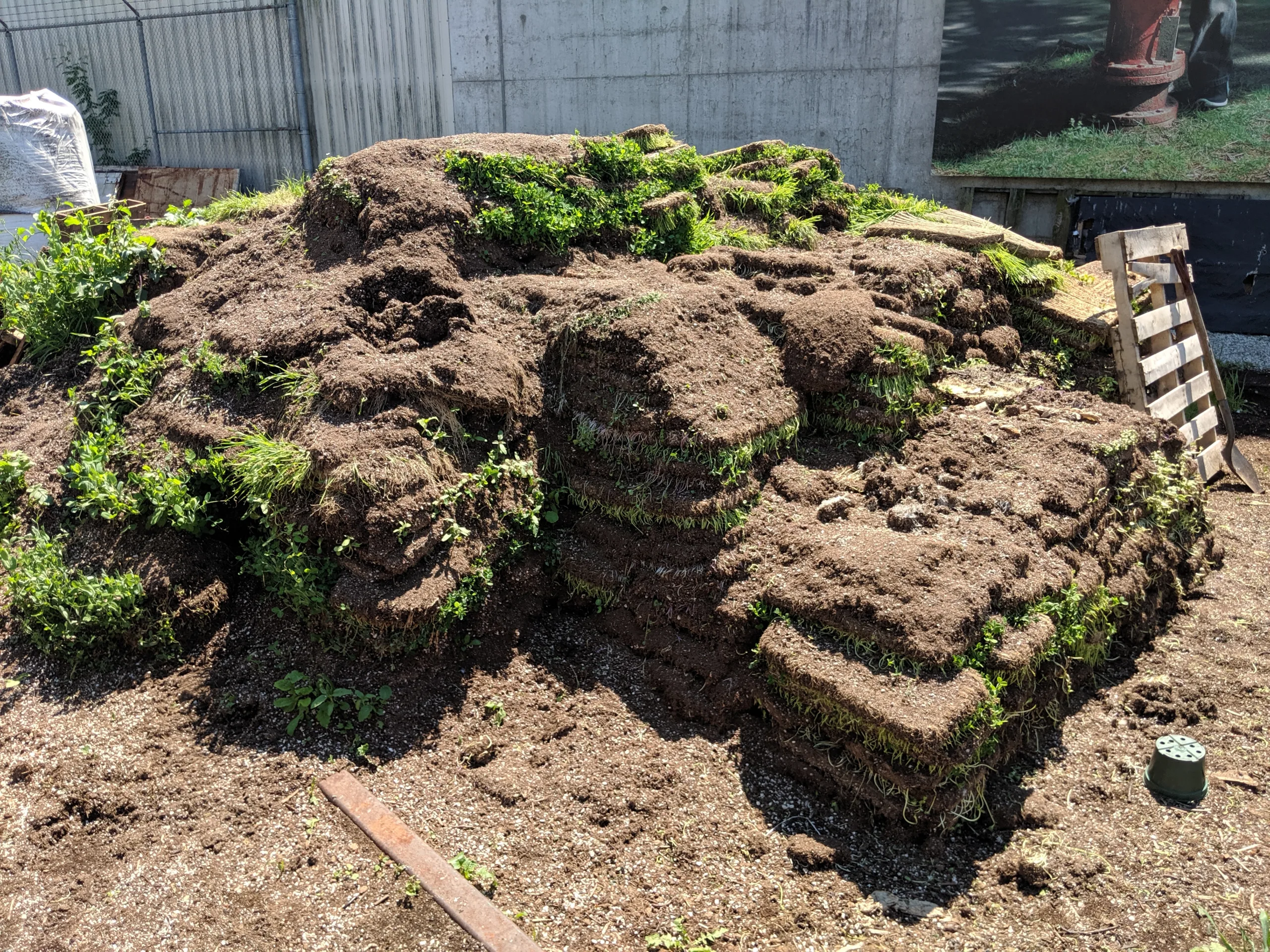
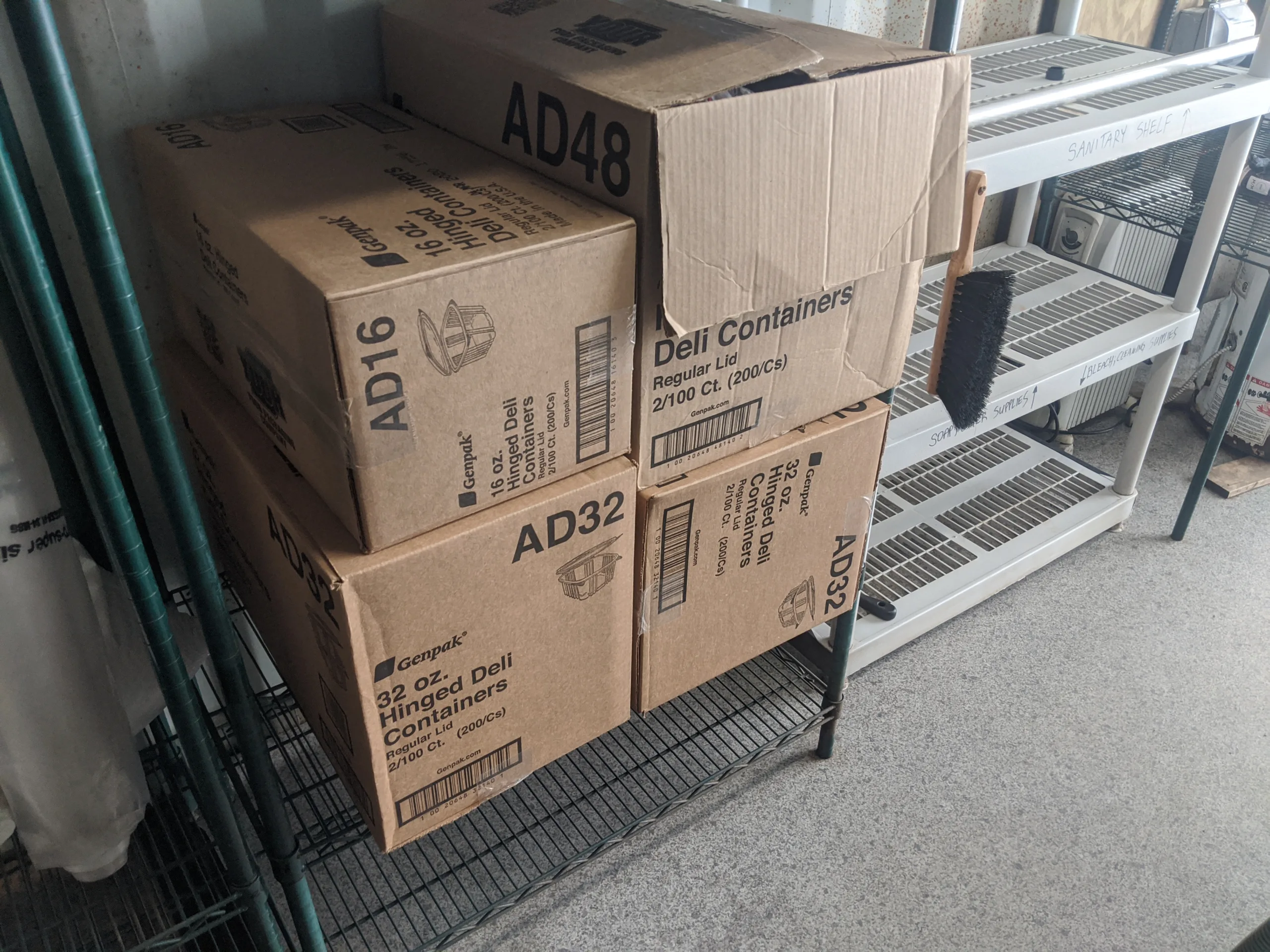
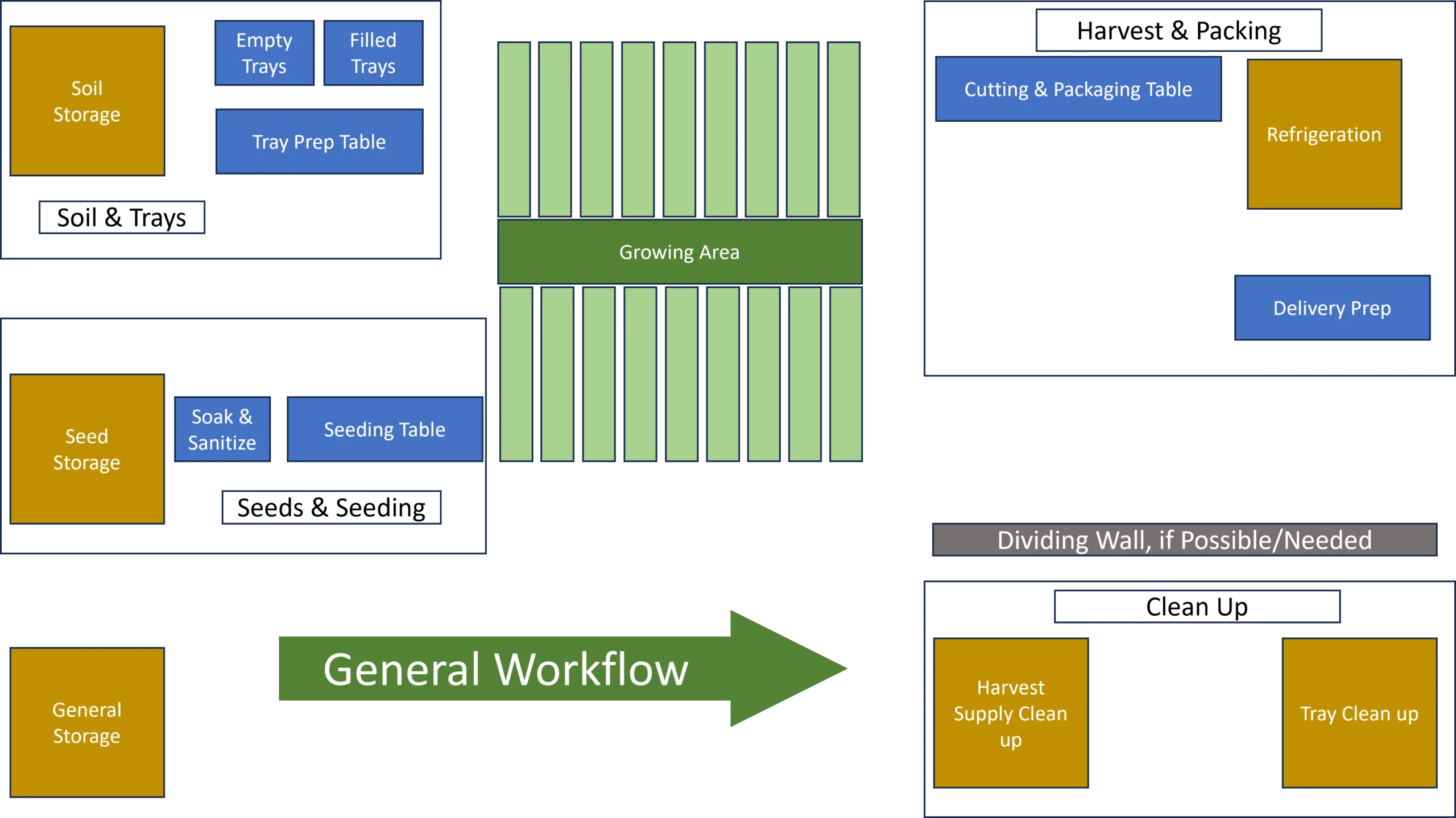
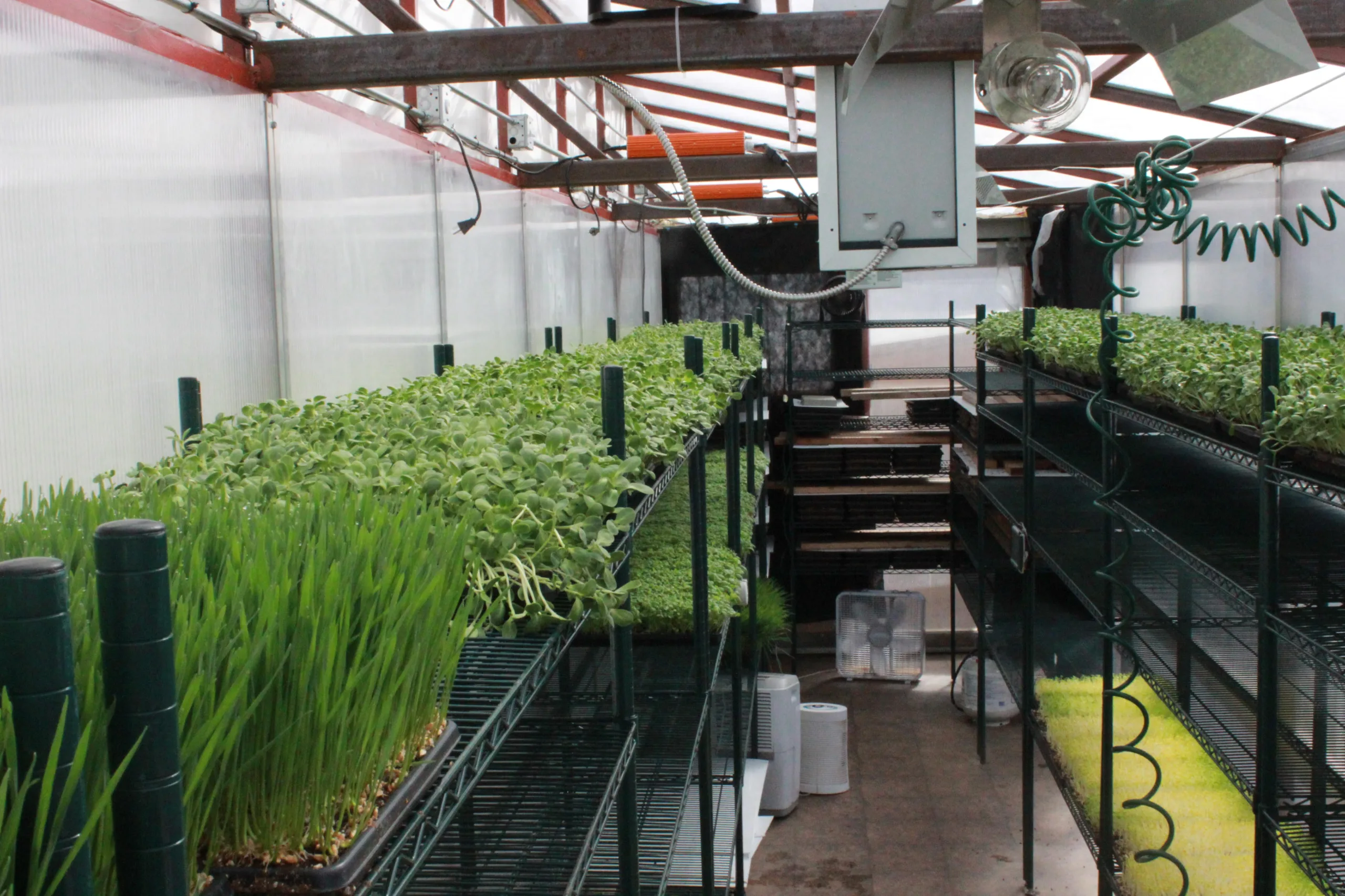
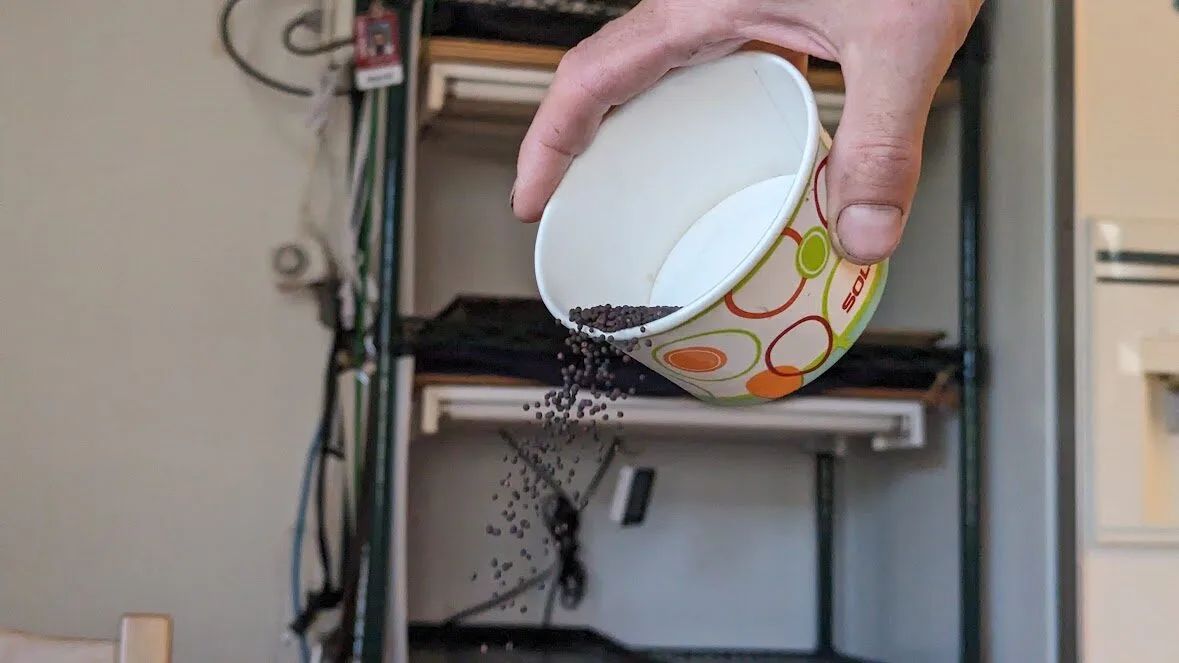
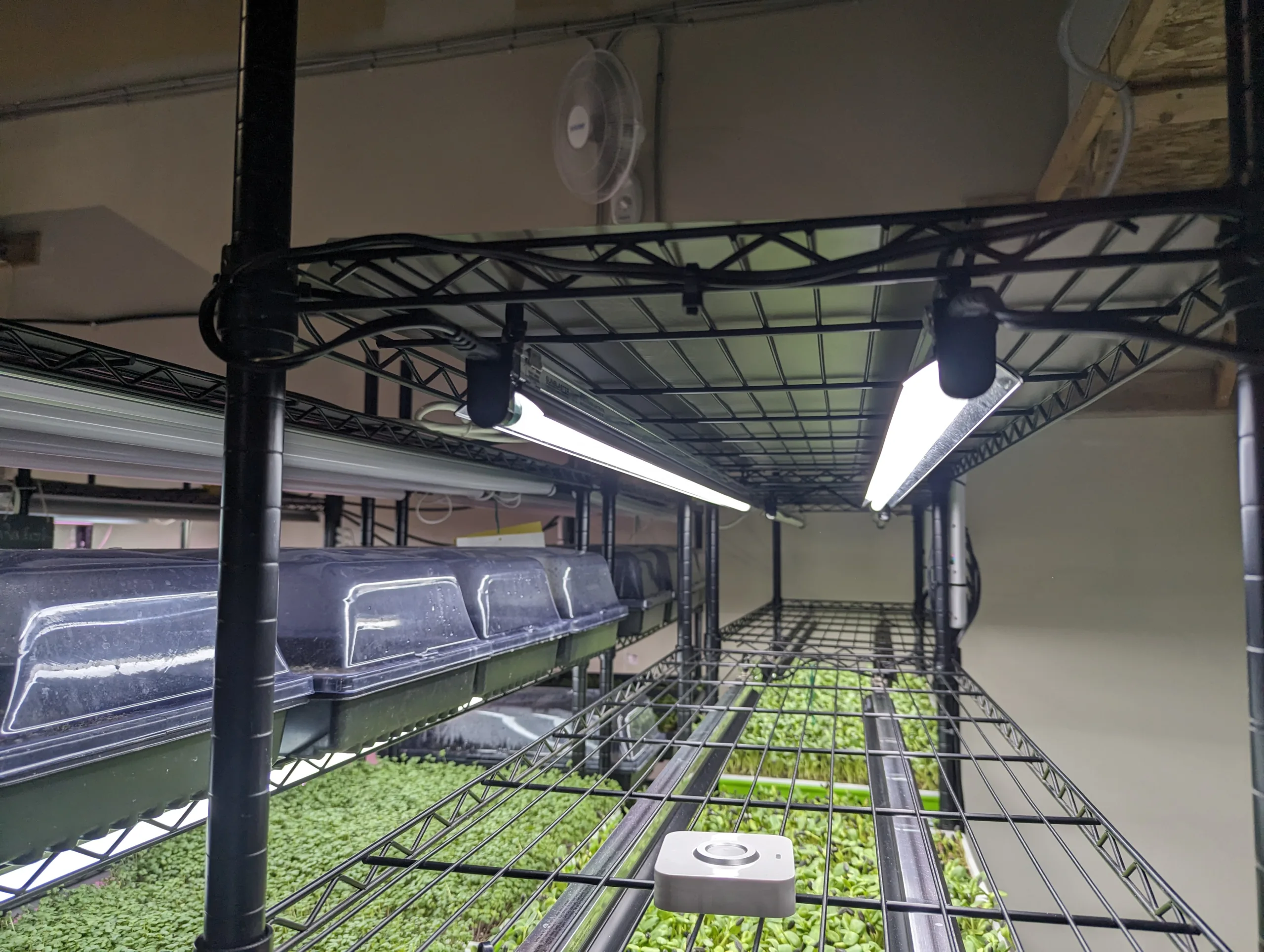
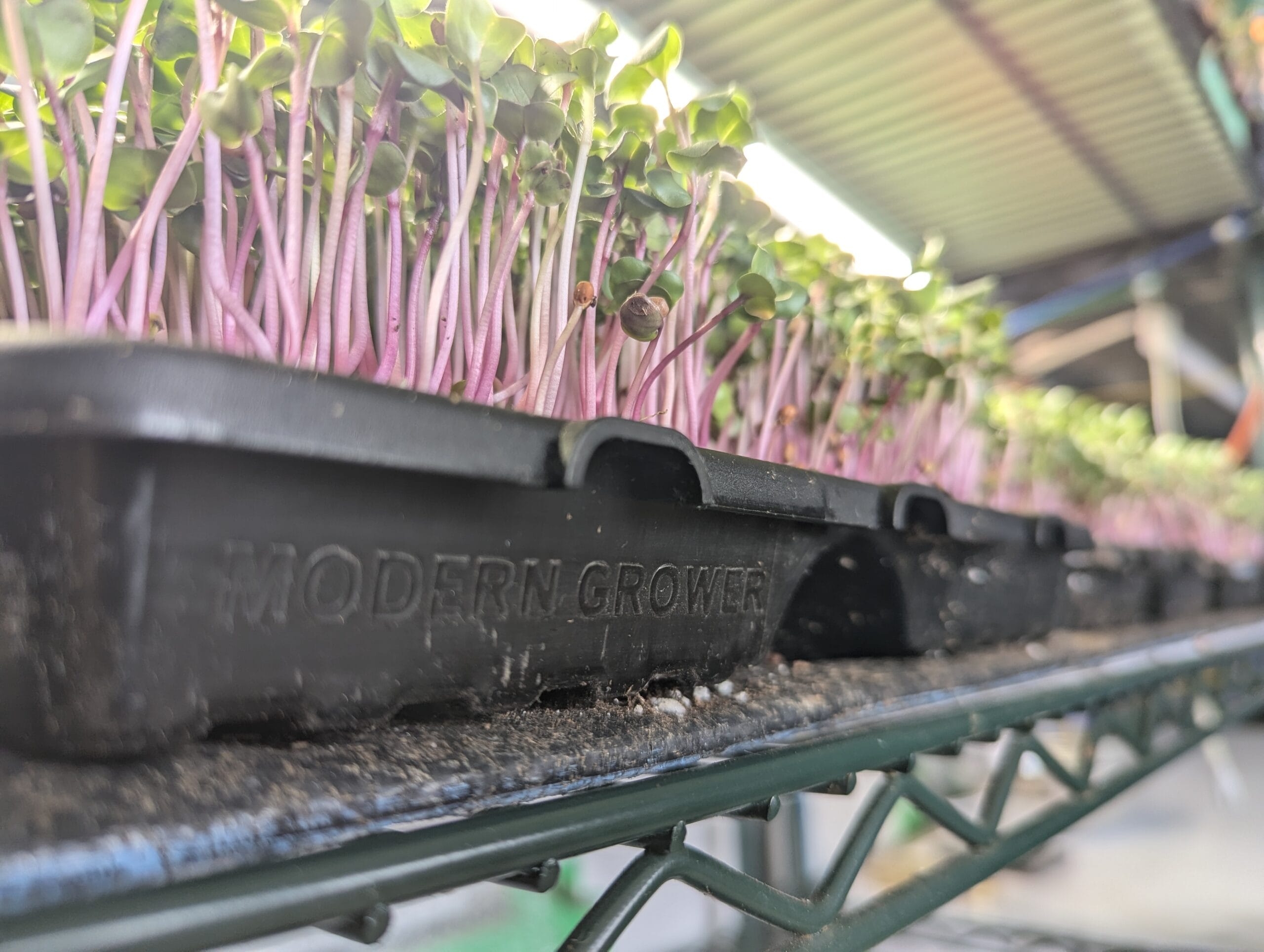
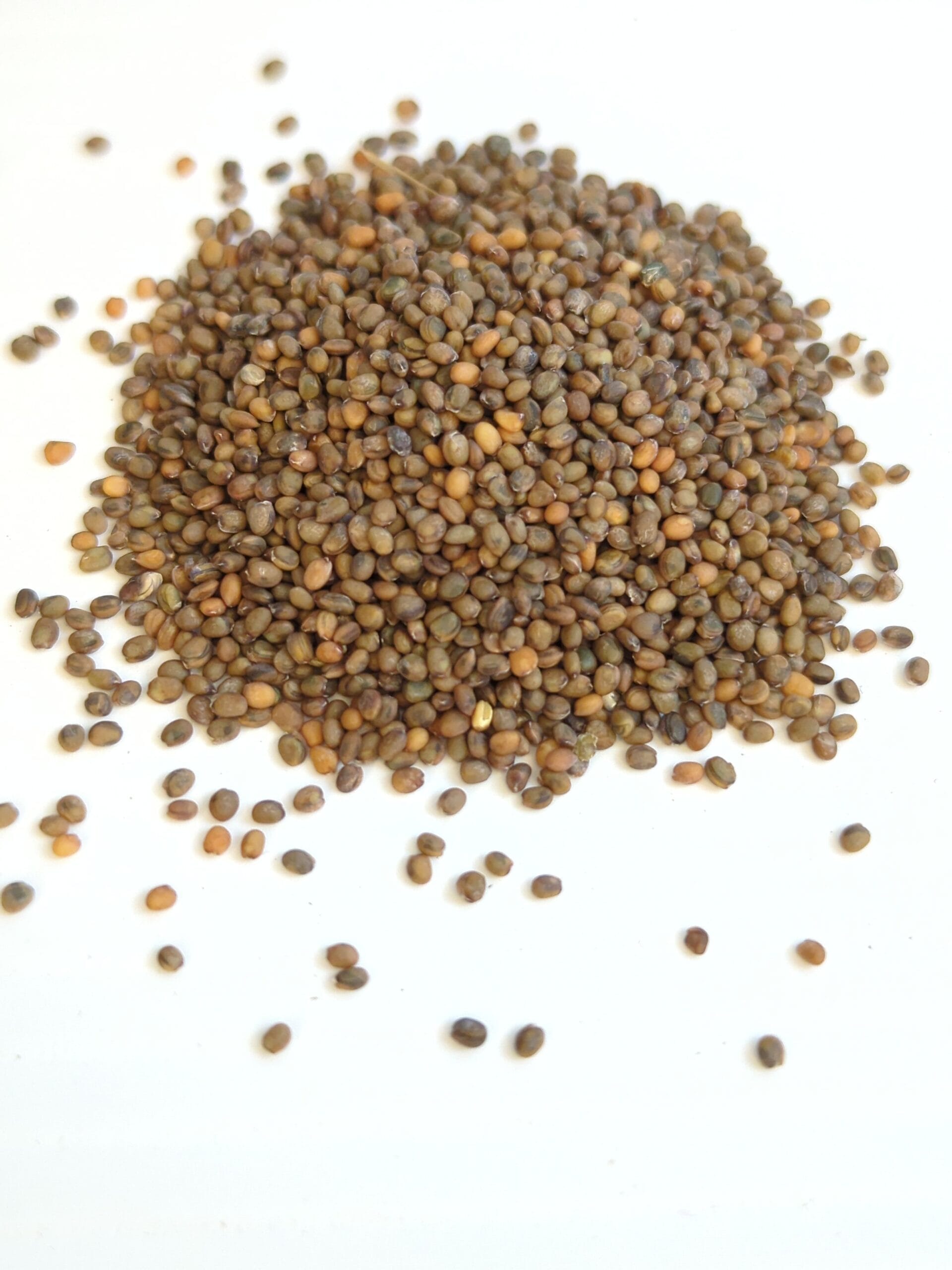
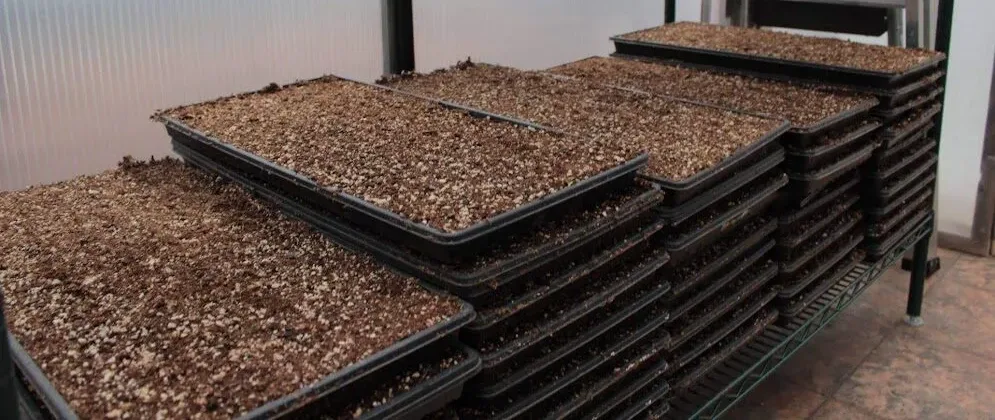

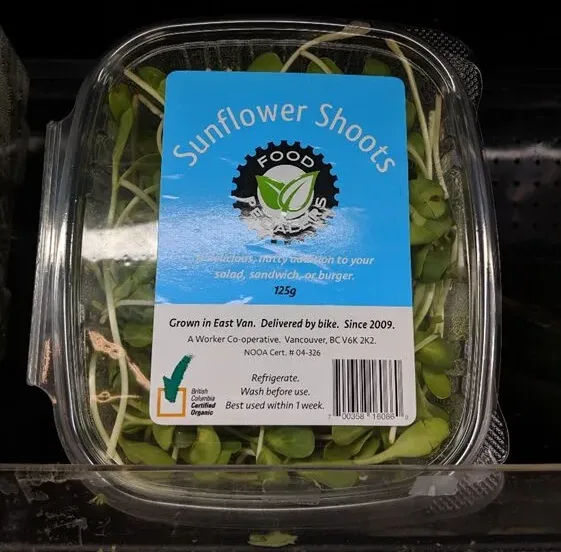
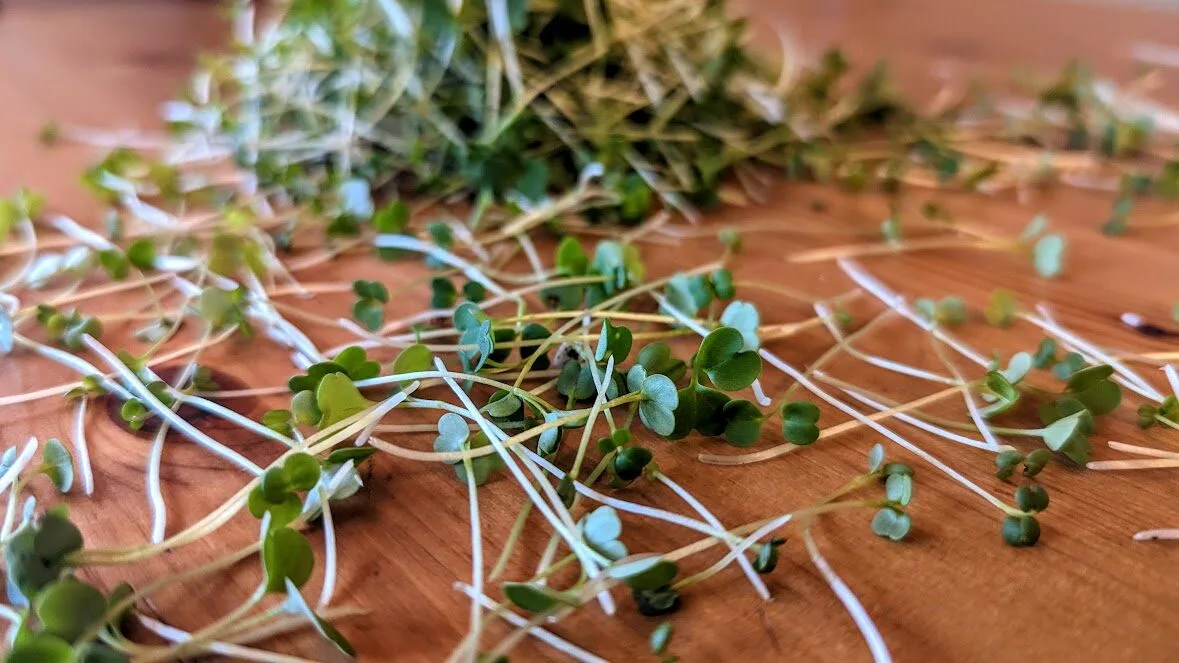

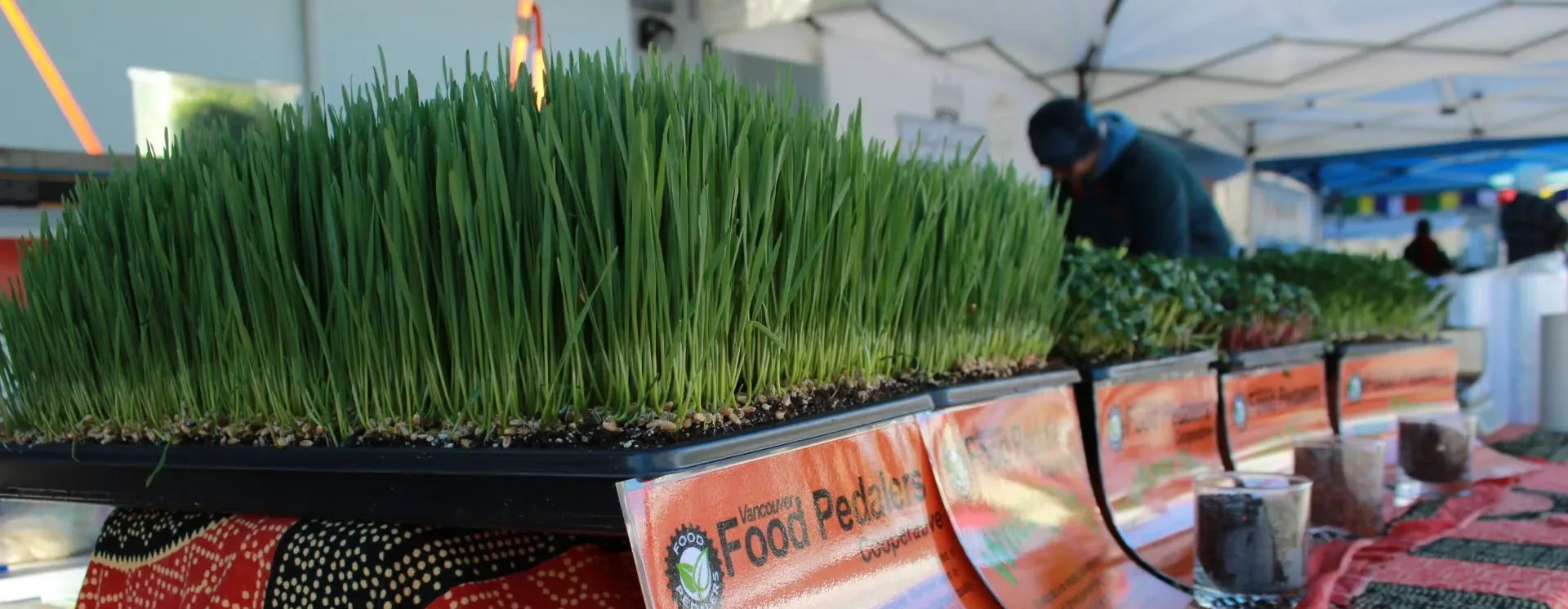
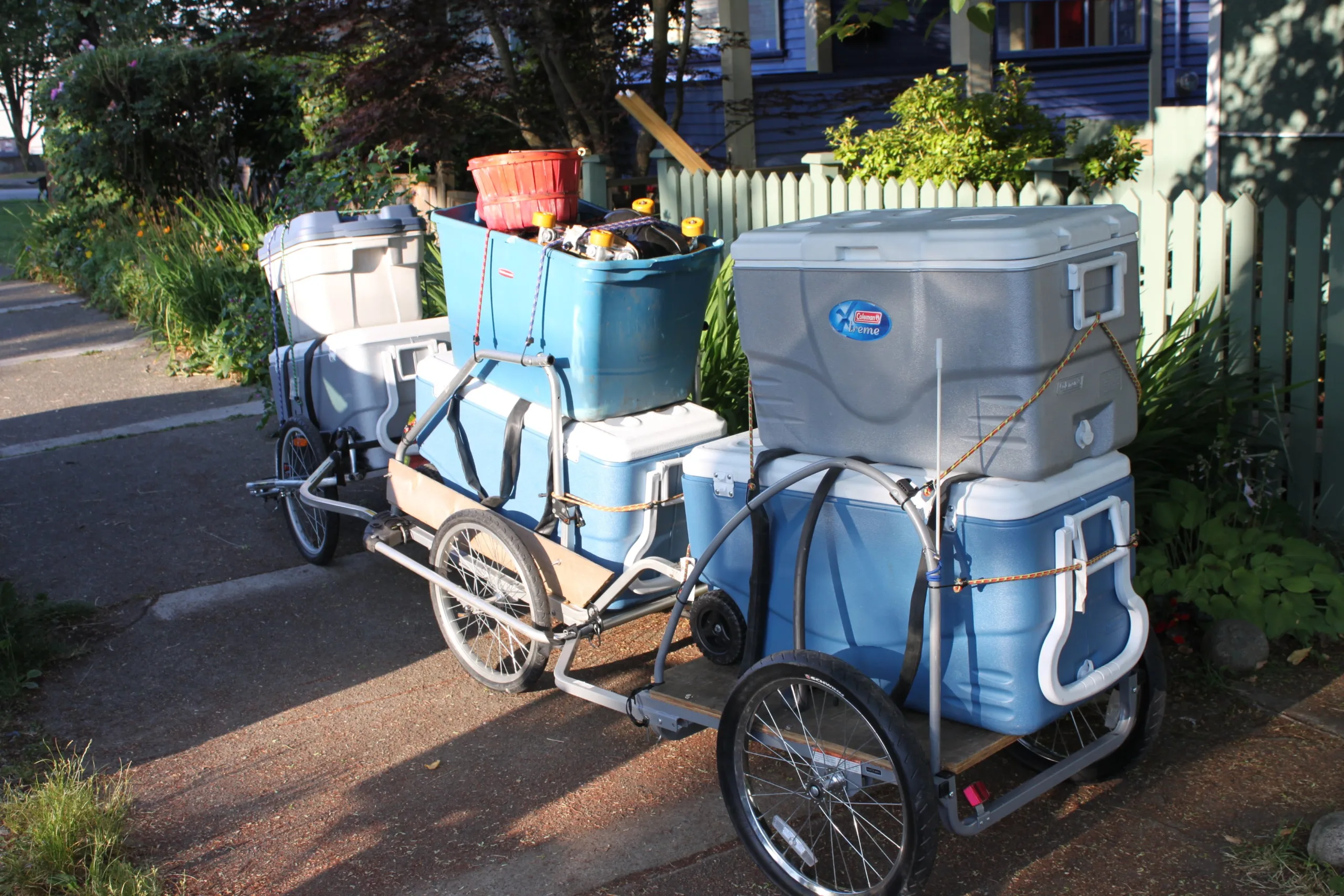
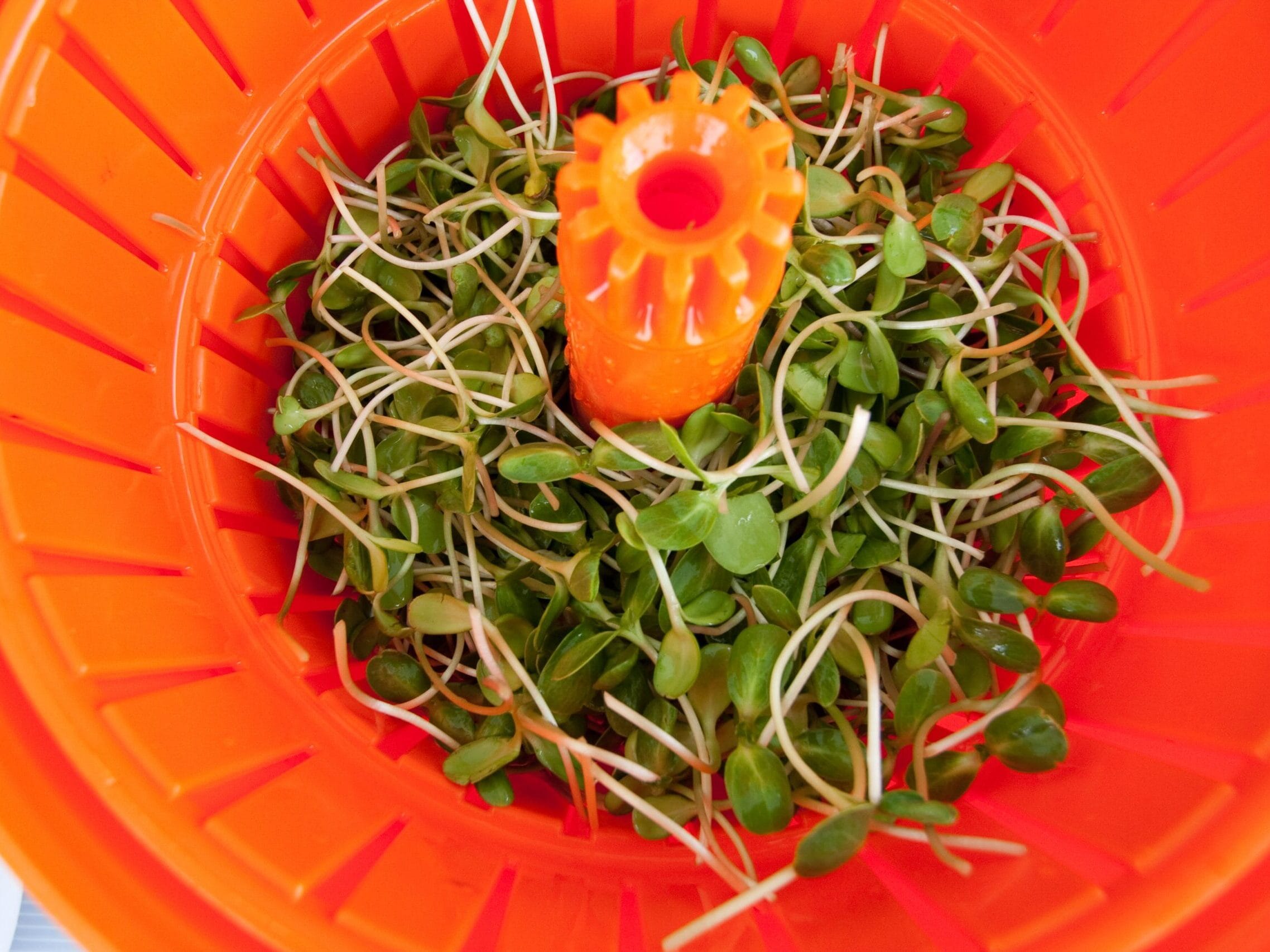

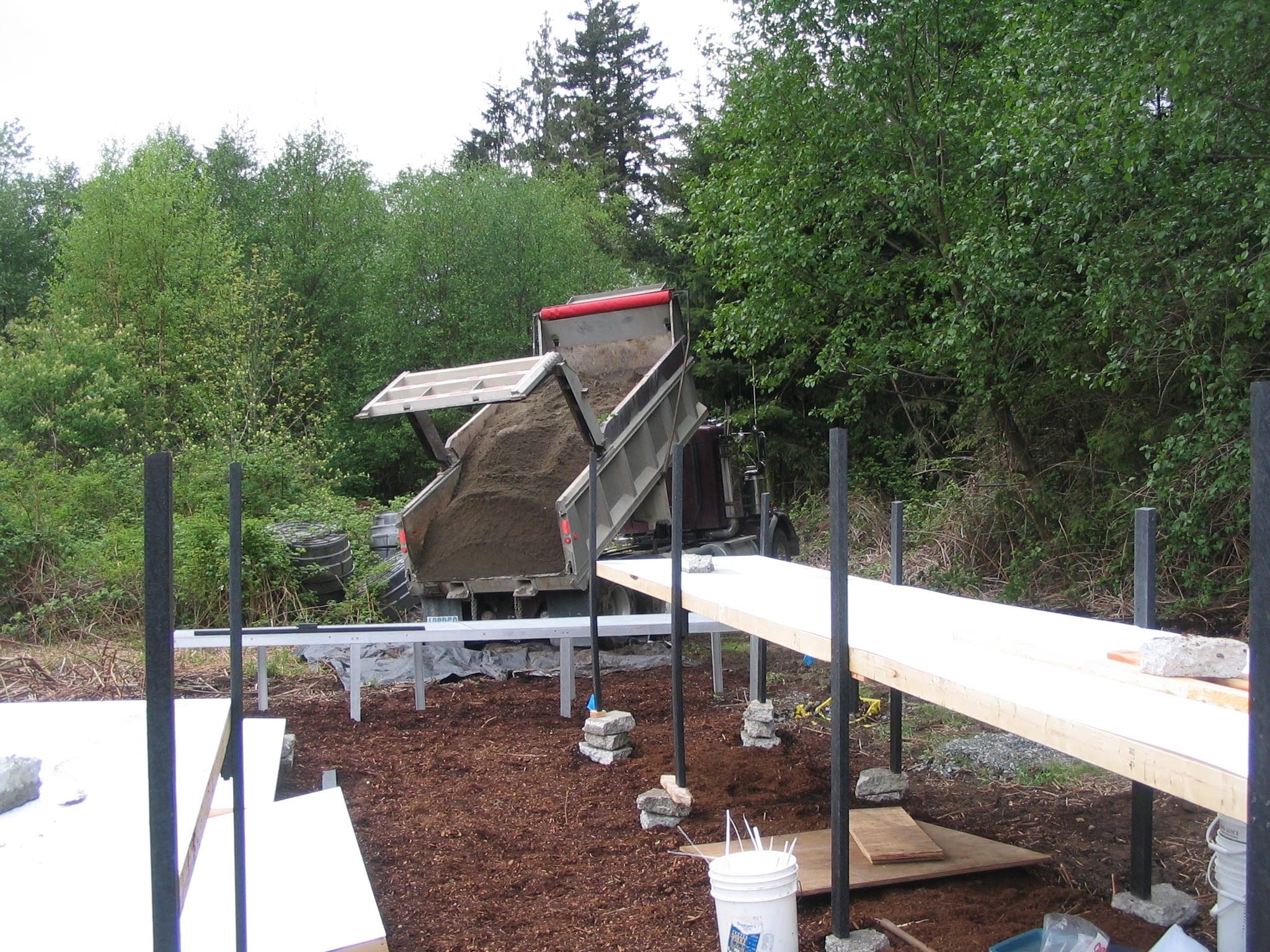
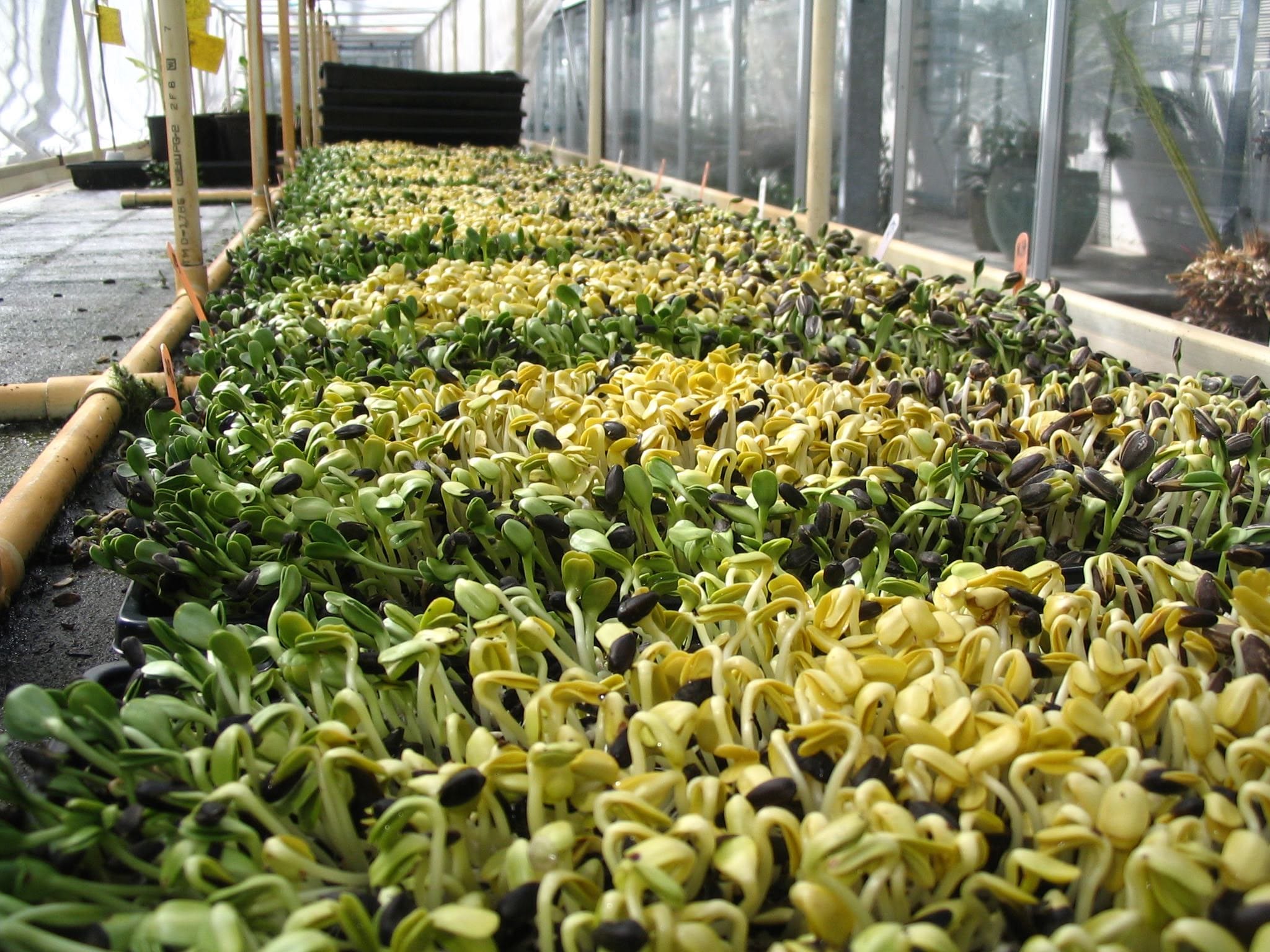
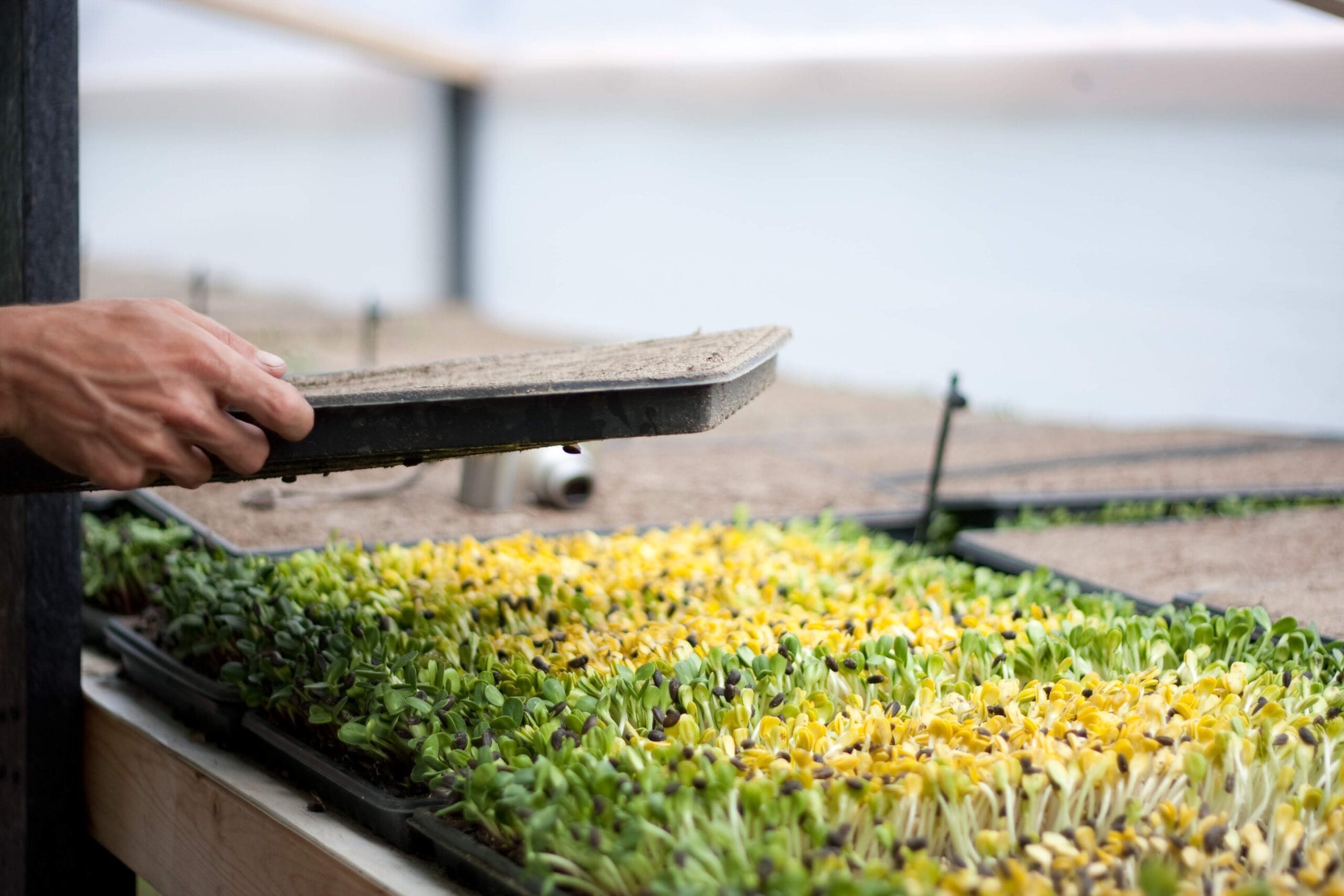
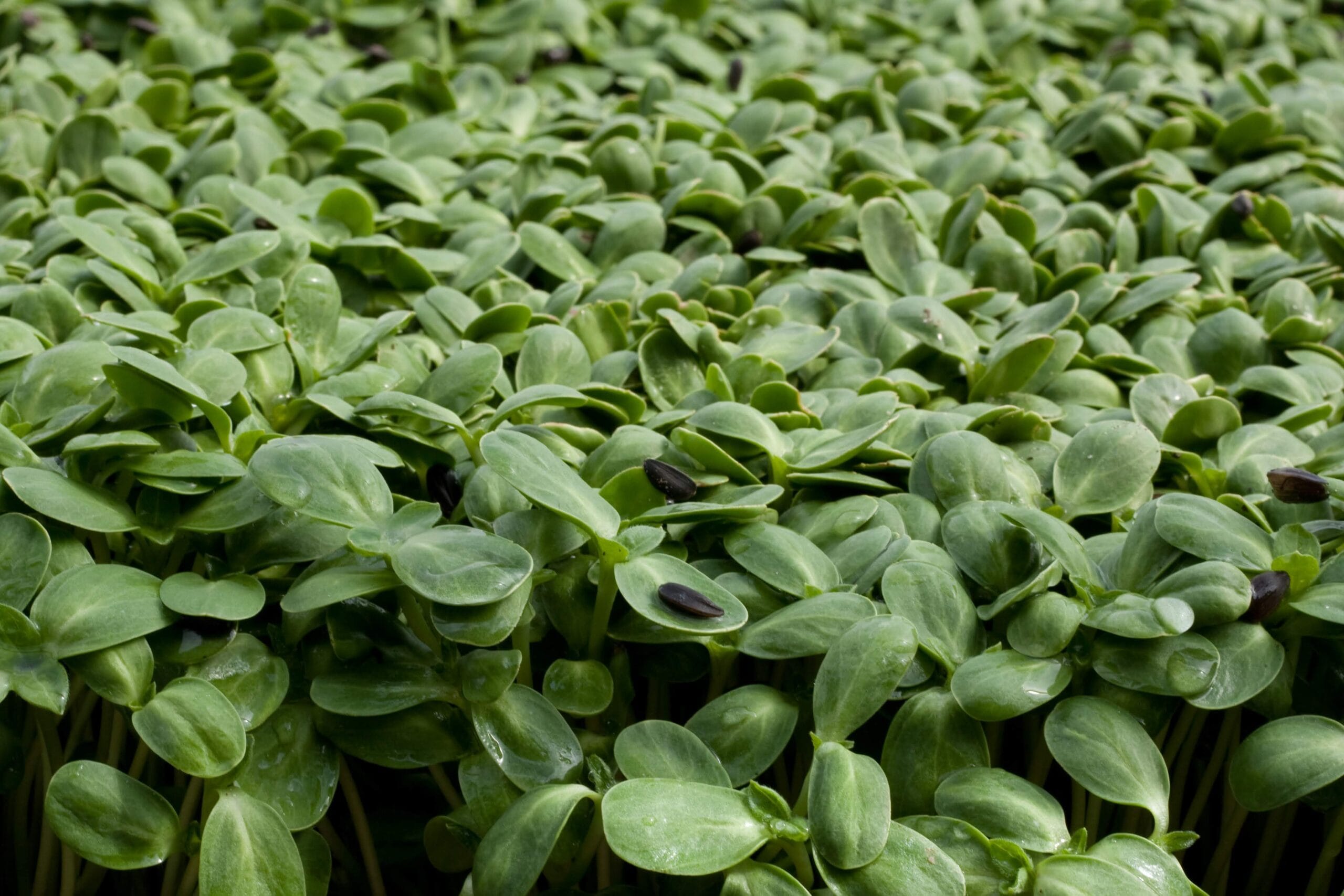
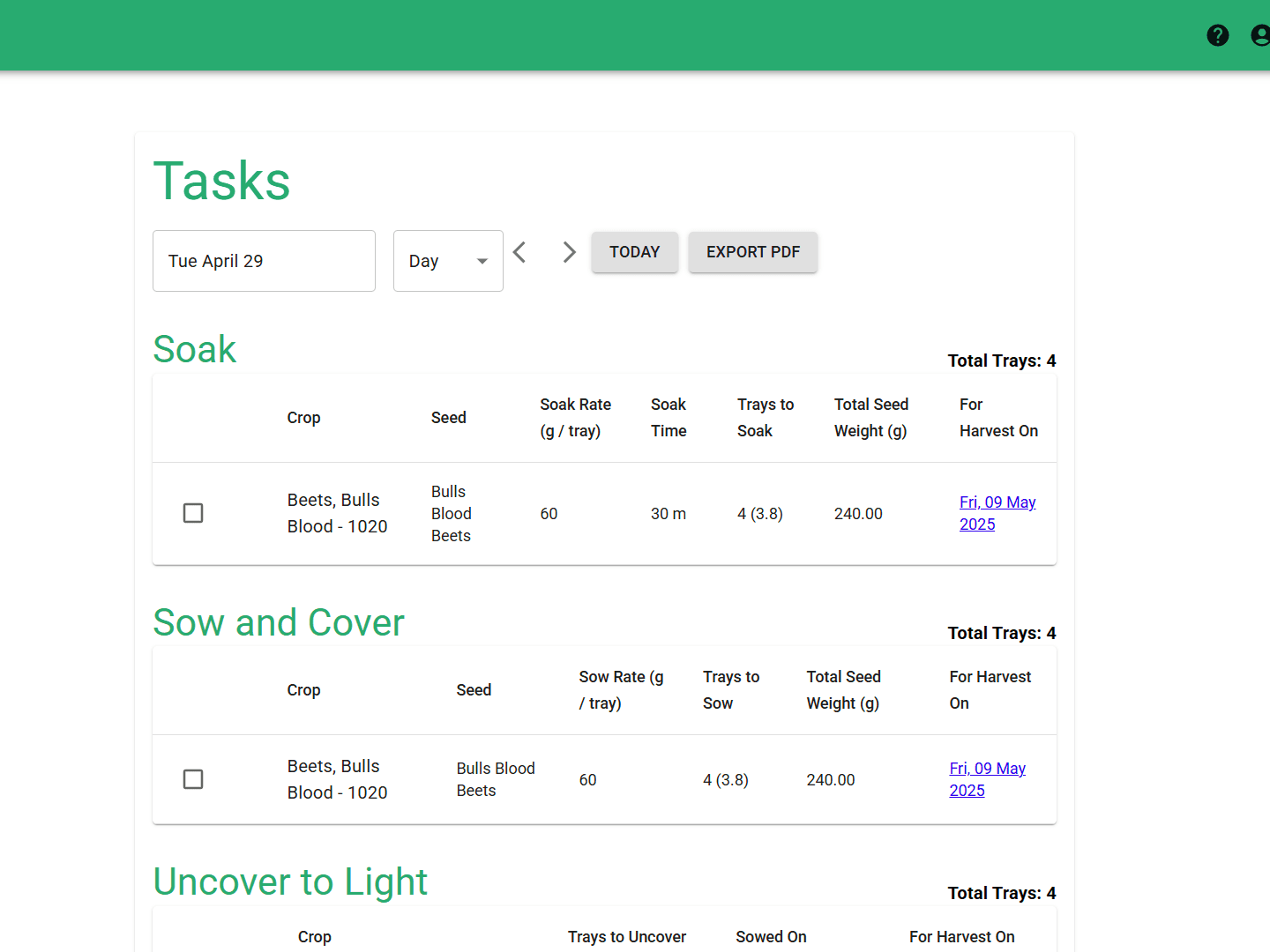
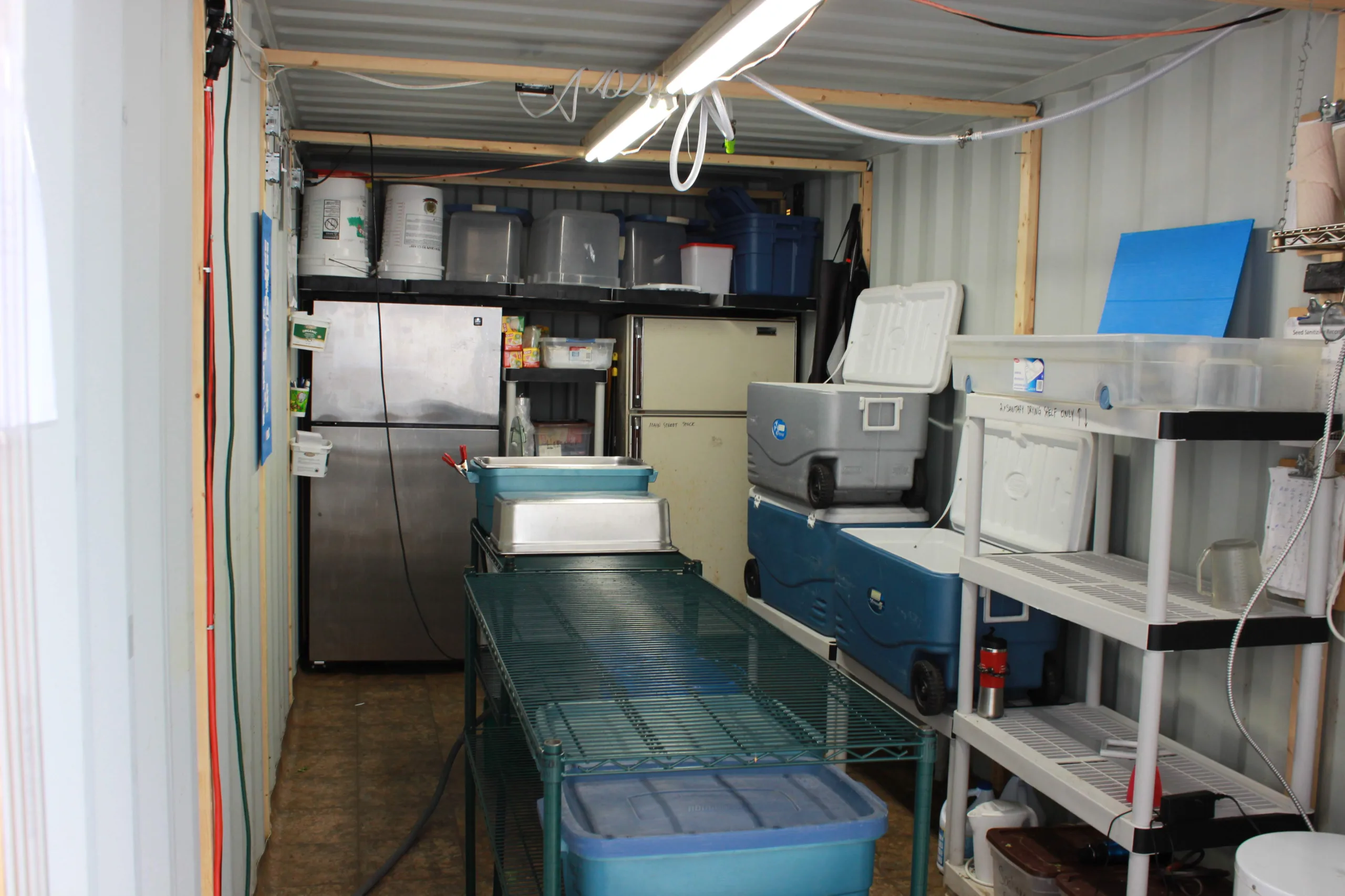
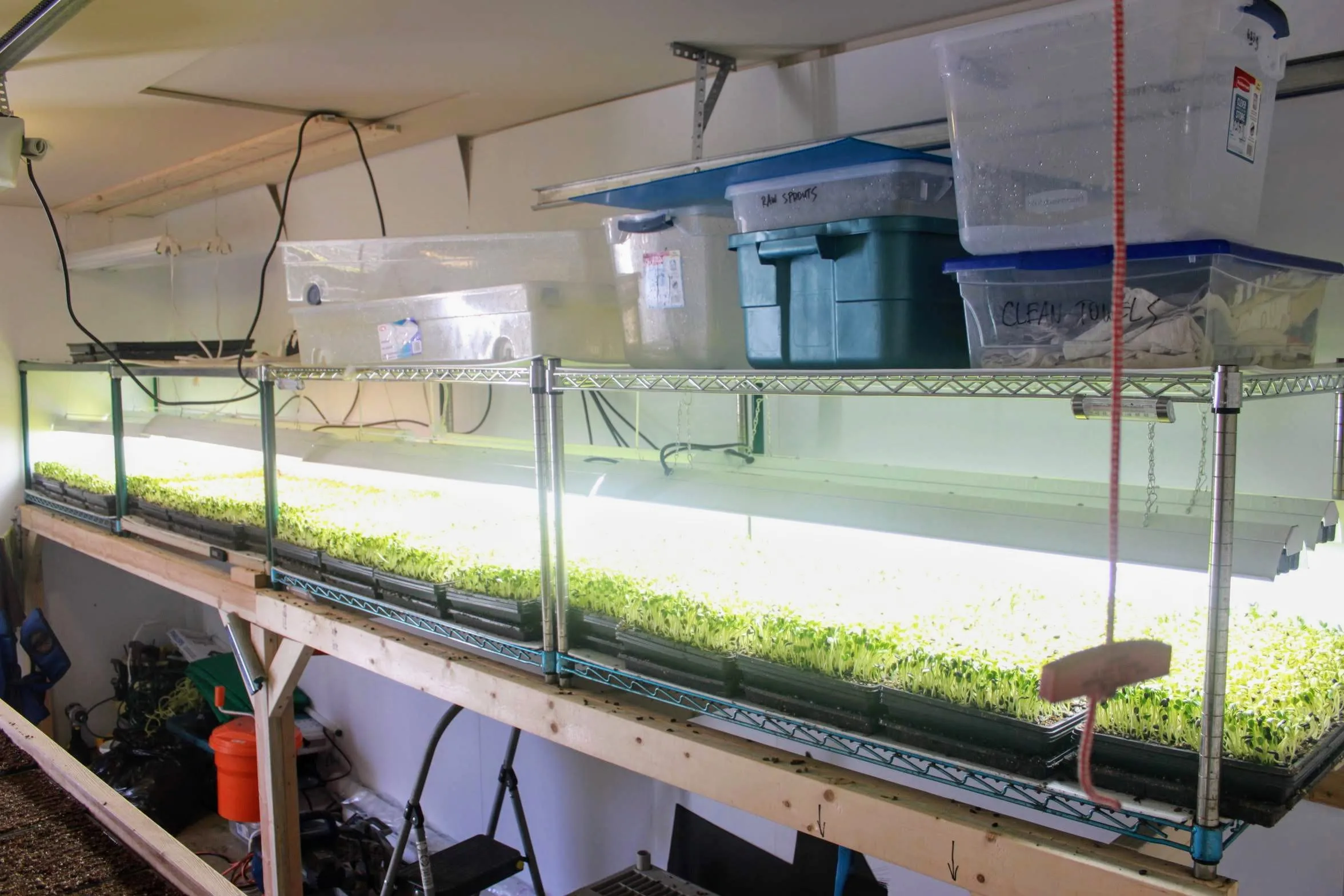
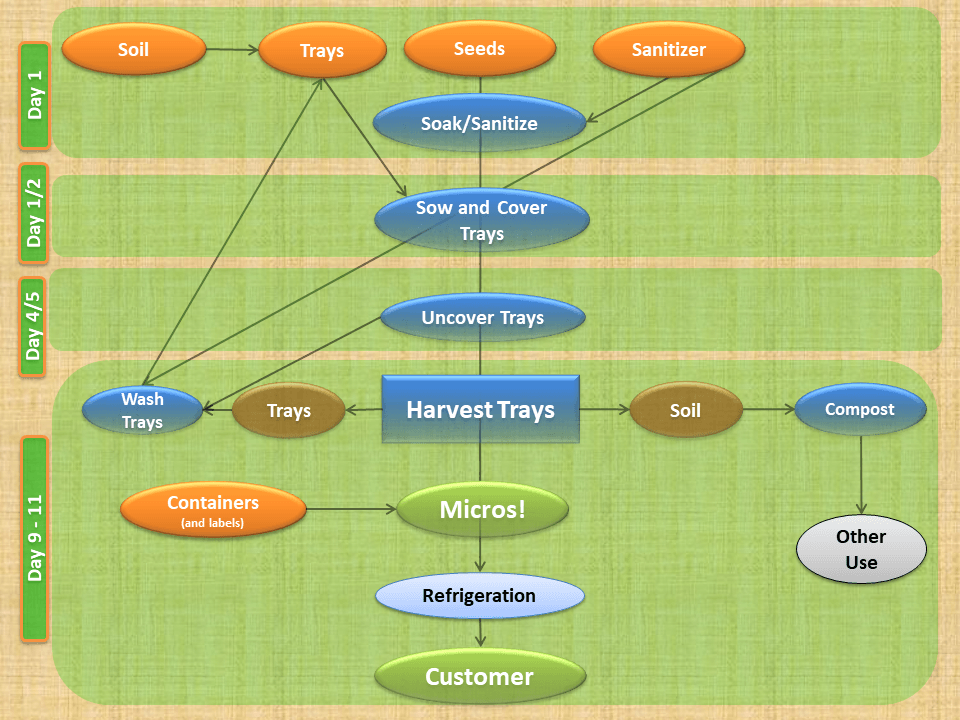
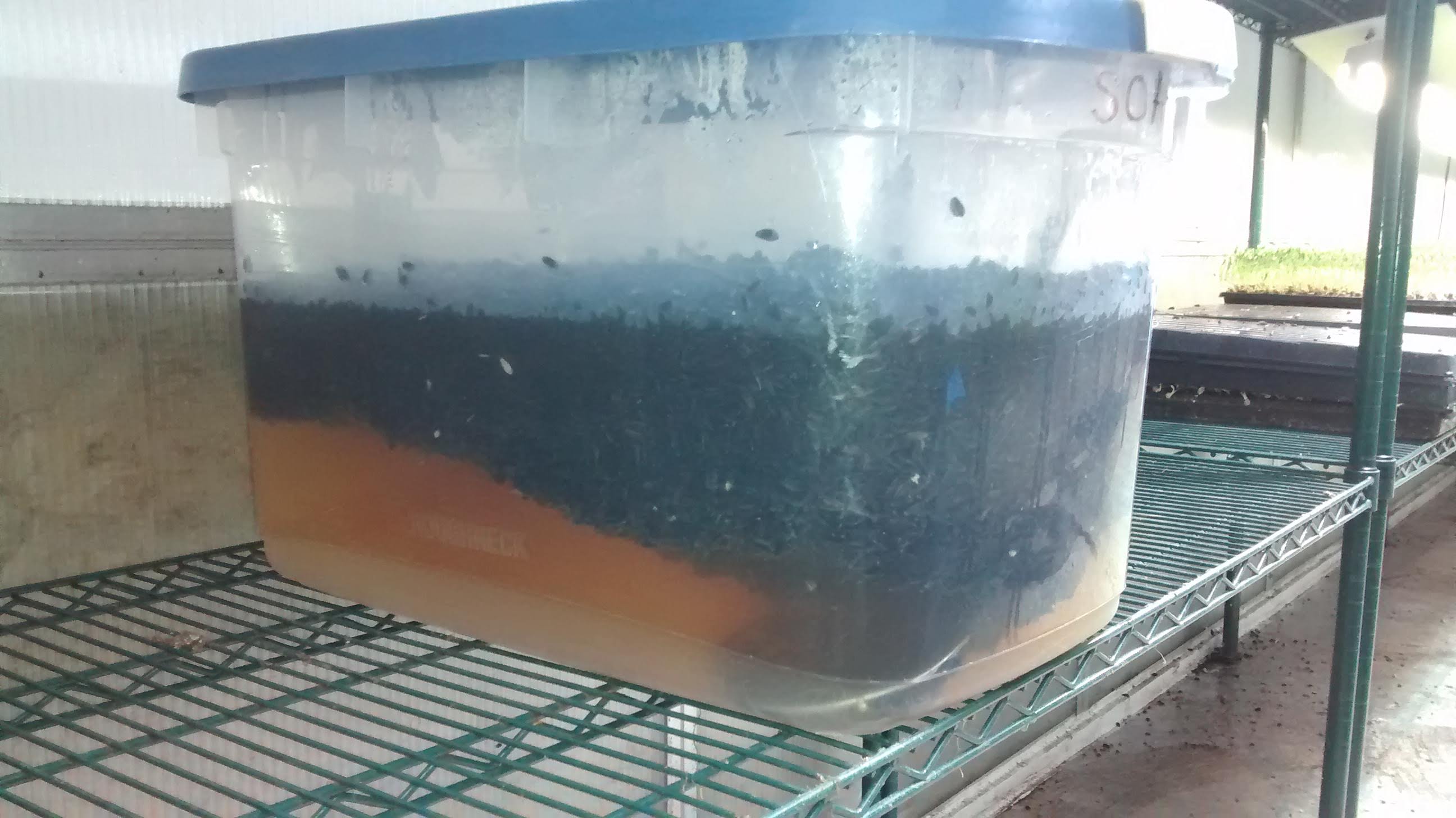
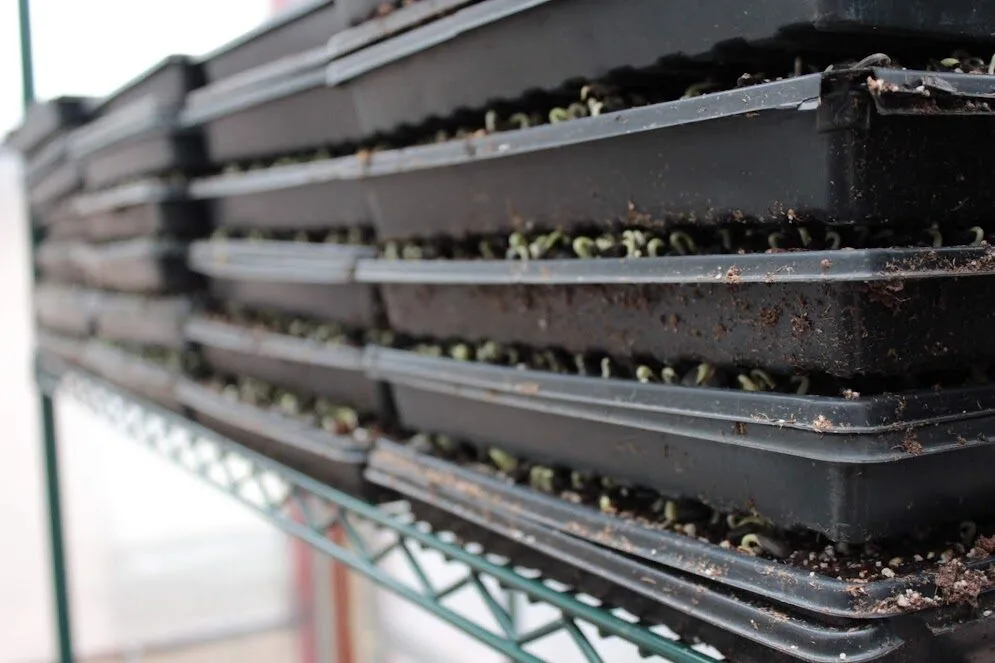
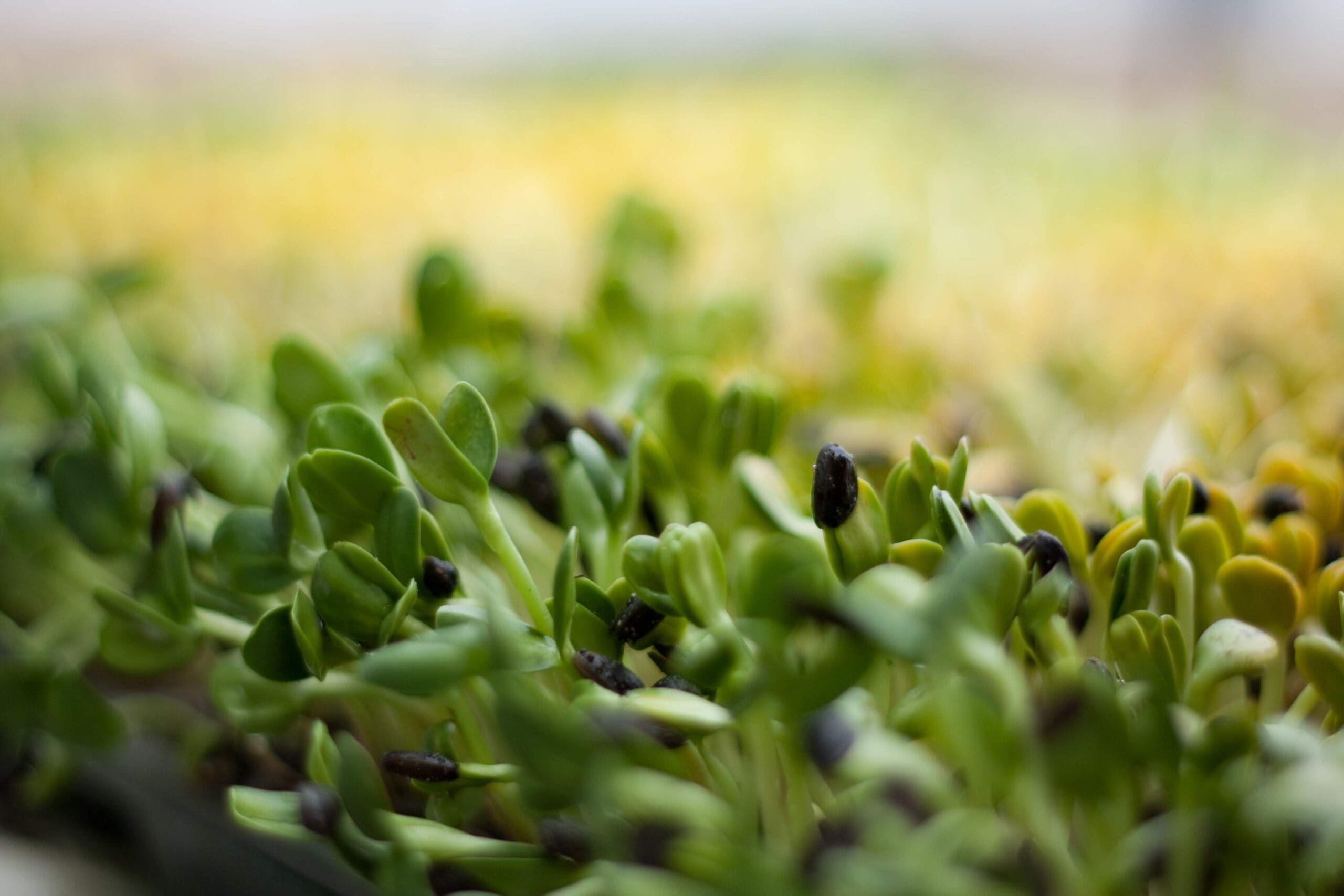
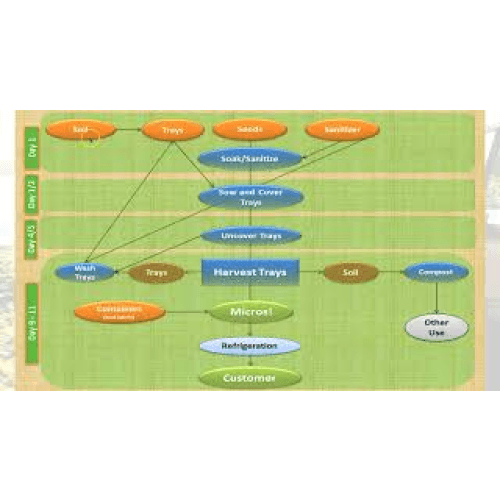
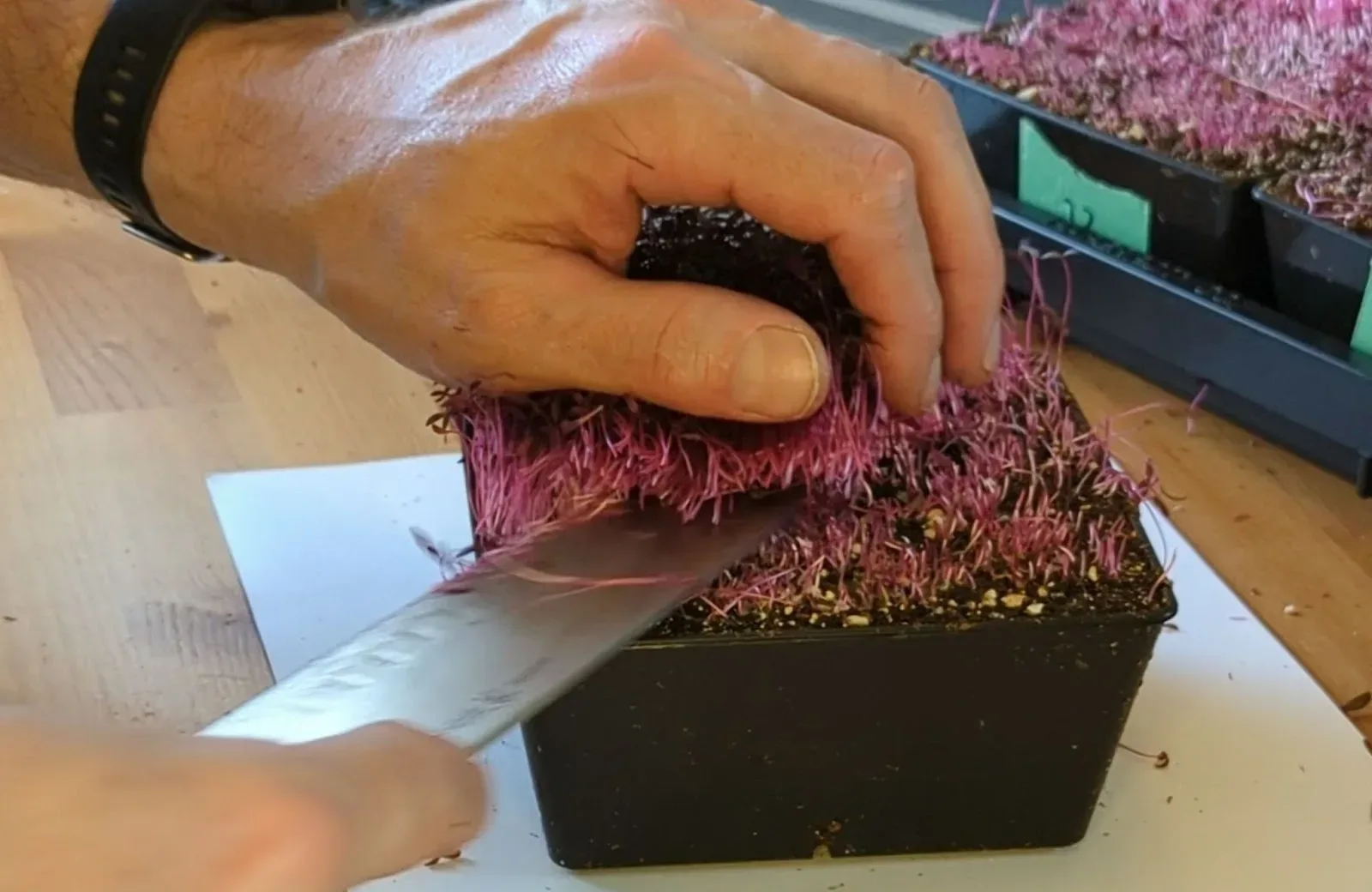
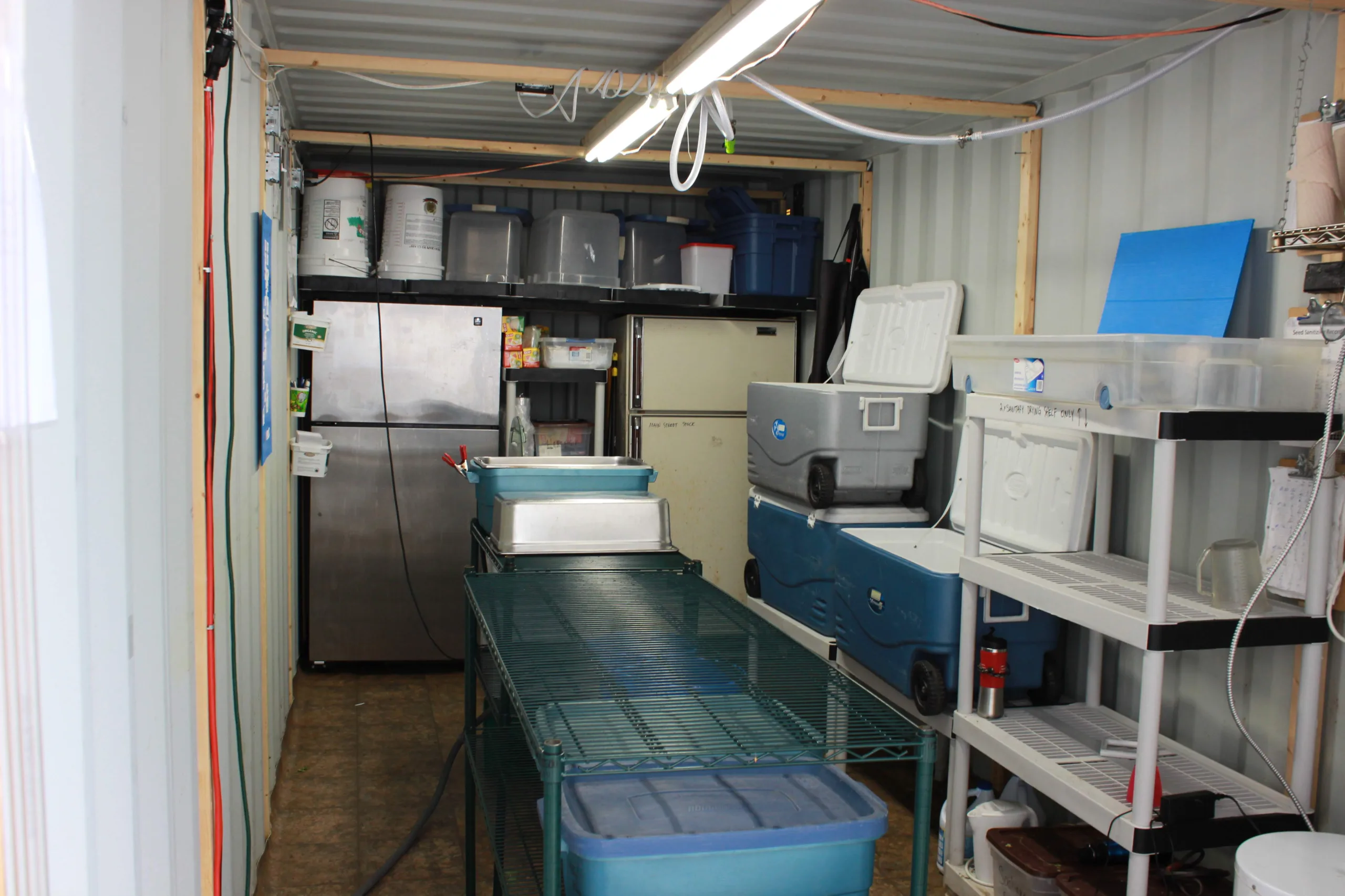


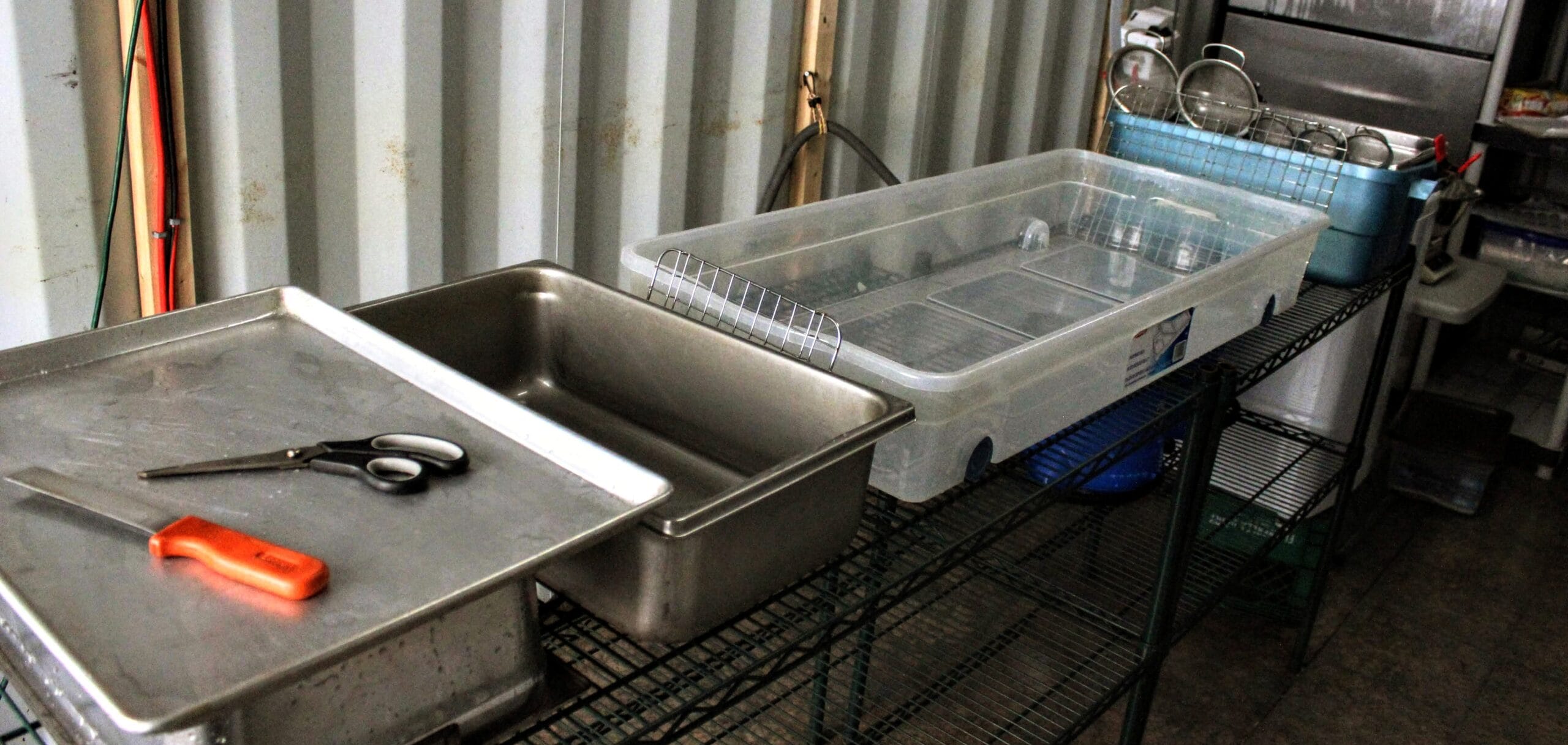

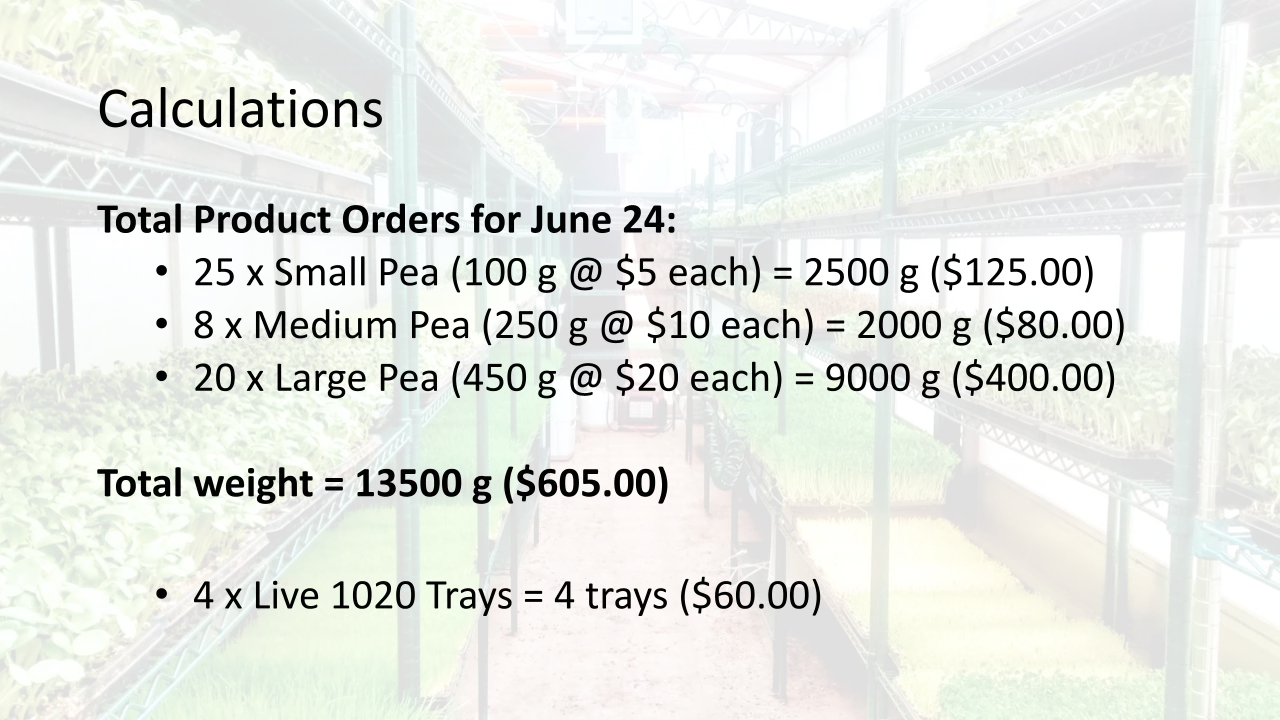

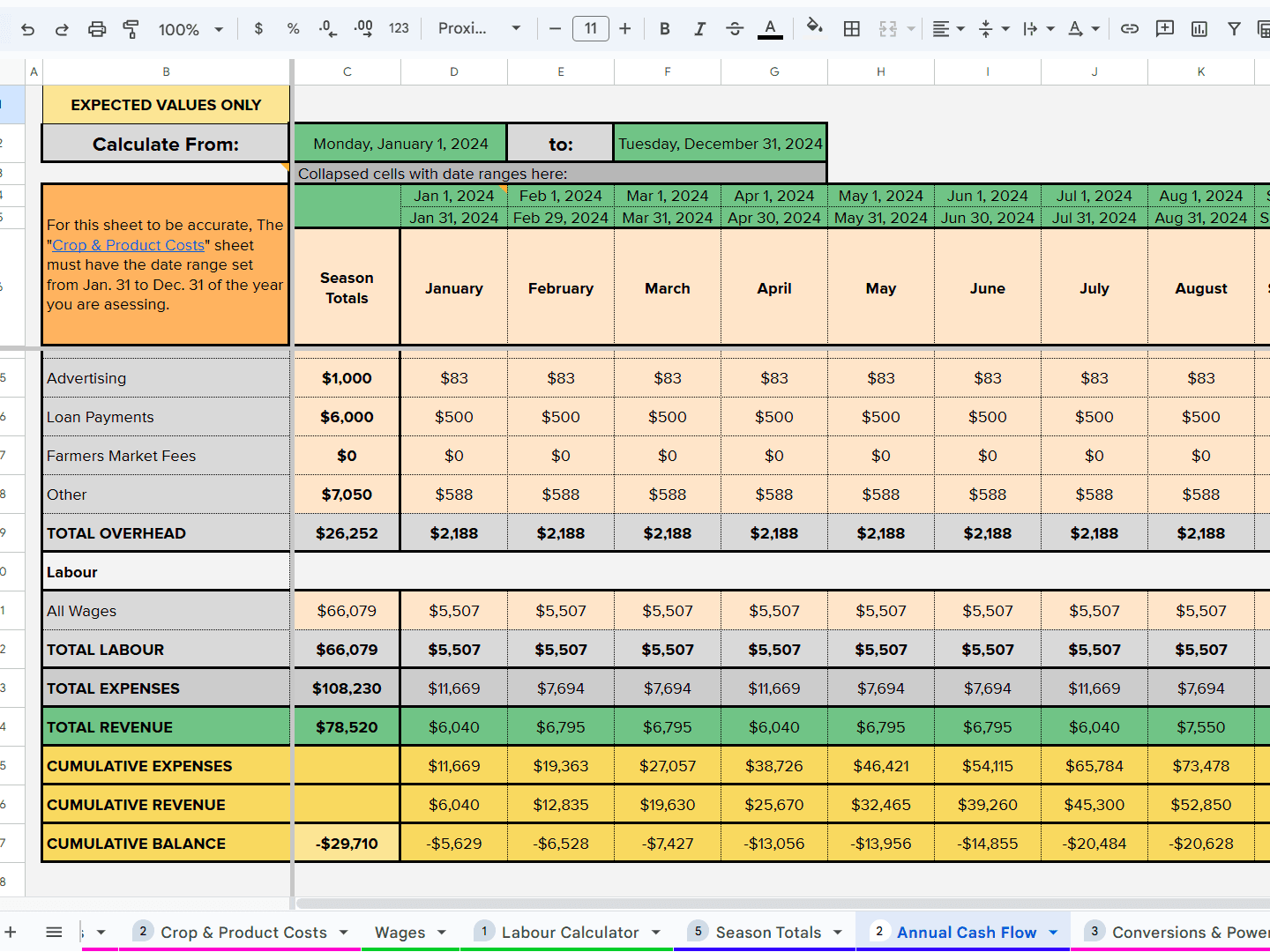
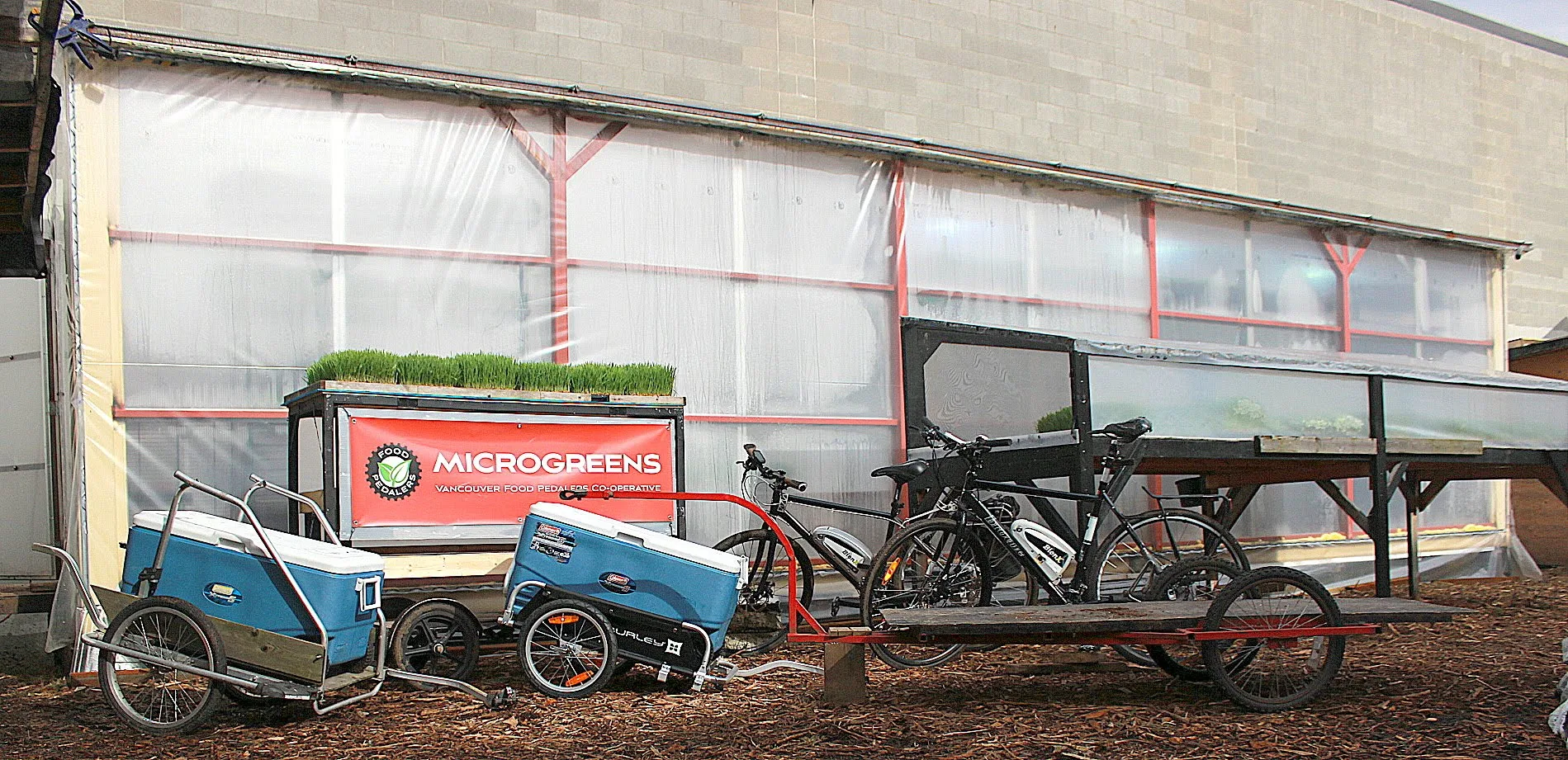
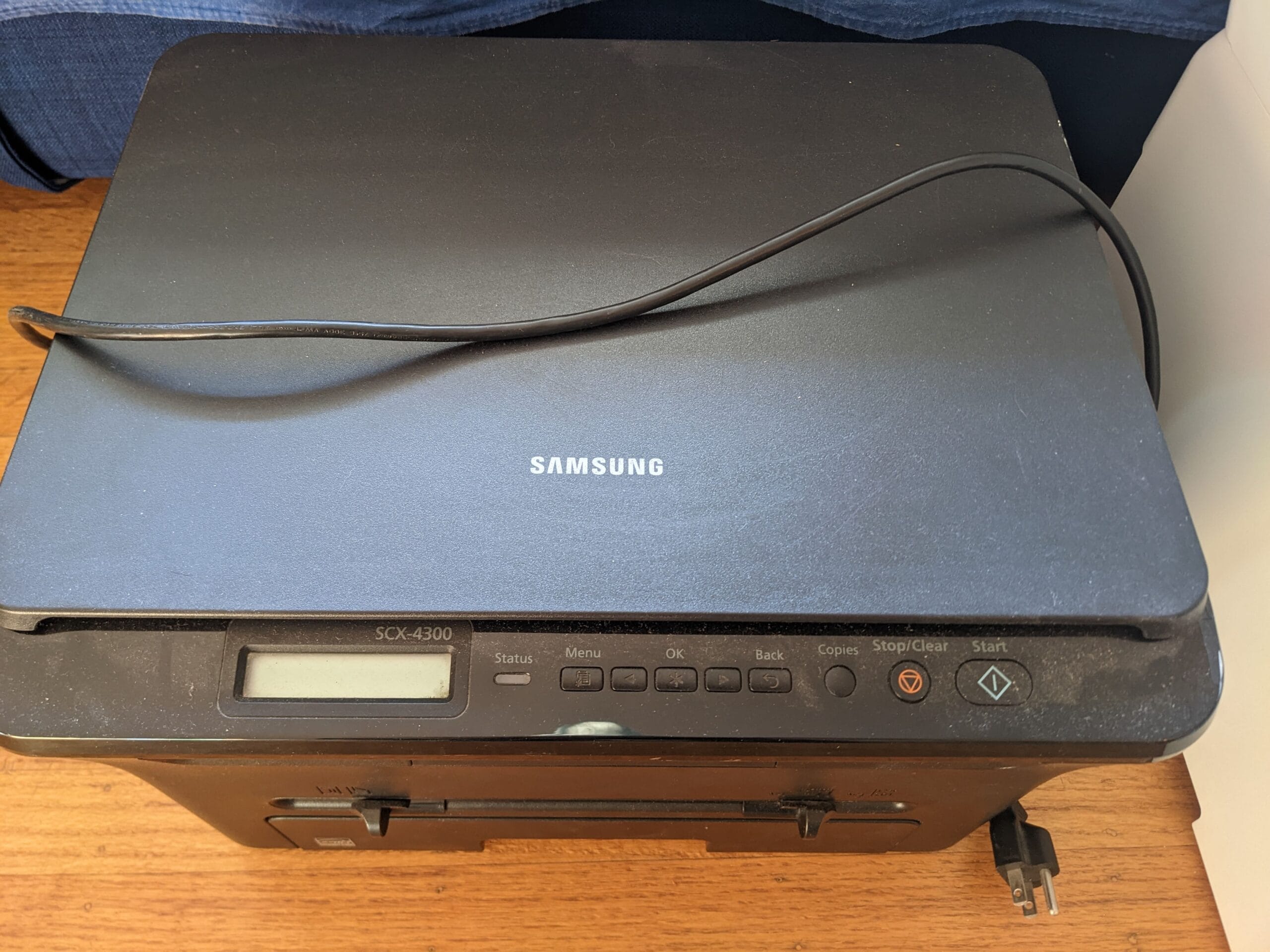
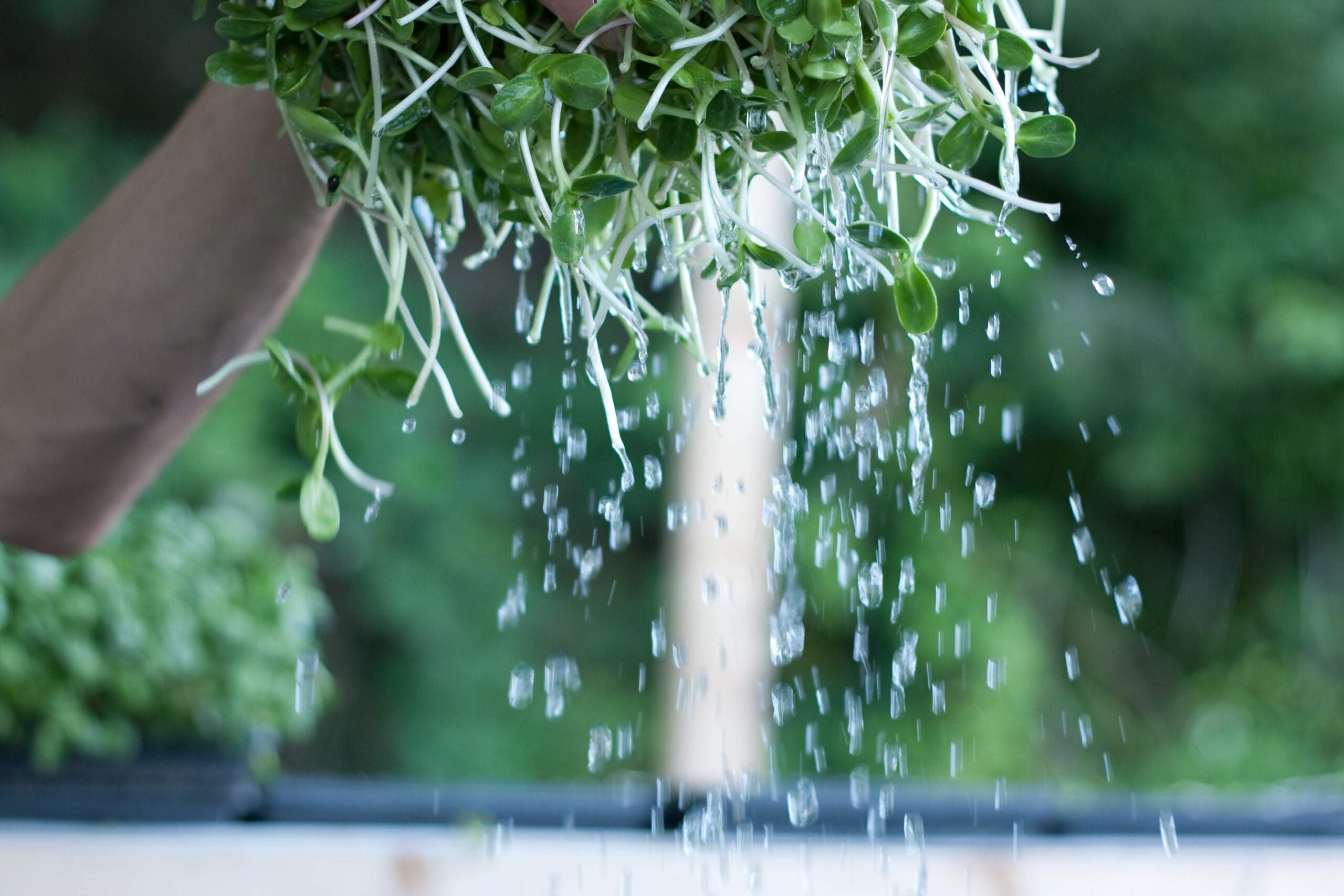
Leave a Reply